SHS student travels to Nepal on dental mission trip
October 28, 2018
In November, an opportunity of a lifetime presented itself, and I seized it. I traveled across the world to pursue my dream. — In the remote villages of a third world country, I confirmed that a career path in dentistry was right for me.
My name is Daniel Burden and I am a junior at SHS. While growing up, I always wanted to be a teacher or a principal like my parents. After having six of my teeth pulled, braces stuck in my mouth for two years, and a lot of other dental work, I came to the realization that dentistry was something I was interested in pursuing as a career.
When I learned about a dental mission trip, I talked to my parents and the dentist leading the excursion. I realized this opportunity was something I needed to seize. With some fundraising from friends and family, the trip became a reality.
On November 12, I left for Nepal on a dental mission trip with an organization called the Pennsylvania United Medical Associates (PUMA). Our team traveled from Philadelphia to Kathmandu via an 18-hour flight: 12 hours to Doha, Qatar, and 6 more from Qatar to Kathmandu, Nepal.
The purpose of our trip was to offer people in remote villages free dental service. In this region, dental care/service is extremely rare and is considered a benefit that only wealthier families enjoy. Families would have to travel for days and work for months just to have the work done that we performed– even if it was just a basic tooth extraction.
Once in Kathmandu, through customs and outside the airport, I discovered that Nepal is nothing like America. People are eagerly looking to assist you in some way, from leading you to your seat to opening your car door, to carrying your bags for you — all for a small tip. Safe inside our taxi, I thought I would actually be able to take a seat and a deep breath of fresh air, but I quickly discovered that the city is extremely polluted. There is no trash collection; people literally burn plastic and other garbage on the side of the street. There are no filters on exhaust pipes, sewage is everywhere, and dust kicks up constantly. It was difficult to breathe — not to mention the foul odors.
The next morning, our team got into a van to begin the journey to our final destination. The team included myself and three other Americans, along with four natives from Nepal who could speak both English and Nepali. We traveled to the Lamjung region of Nepal which is a district northwest of Kathmandu. On several occasions during the ride, I had to close my eyes and hope for the best, as I had never experienced drivers and roads like these. Unlike the U.S., cars there travel on the left side of the road and they steer from the right side of the car. No road in the U.S. can compare to the roads in Nepal. Imagine biking up and down steep, bumpy mountain bike trails and sloshing through streams over tiny rebar bridges. These are the roads of Nepal. It took about eight hours to travel 140 miles. The roads became so treacherous that we had to abandon our van and switch to a Jeep for the final three hour (25 miles) trip to reach our destination.
Once we arrived at the mountainside village, we were welcomed by the village leader, the pastor, and many other villagers and their families. They welcomed us in their native language, Nepali, by giving us hand-picked orange flower leis. Later for dinner that night, the pastor’s wife, along with some other women, made Dal bhat. Dal bhat is what they eat three times a day, seven days a week. Dal bhat consists of rice, potatoes, spinach with ground pickle doused in curry. It also includes chicken that contains more bones and tendons than meat. To say the least, my body didn’t like it too much, but I made a point to finish at least one plate of it.
During the first morning in the village, our team set up the dental clinic for the villagers. Many people walked from hours away just to have us pull their teeth and relieve their pain. We met with approximately 20 patients a day, ranging from 10 to 80 years of age. Each patient had his or her own issues and treatment needs. Some patients required multiple procedures to meet their oral needs. I was assistant to the head dentist, Dr. Ryan. My job was to help make the process more efficient. Over the next three days, I gained a wealth of knowledge, experience, and an understanding of how to use various dental tools. I also had the opportunity to perform a tooth extraction.
The dental work I experienced was mainly extractions of rotten teeth, abscessed teeth, and cavities so bad that the tooth couldn’t be saved. Dr. Ryan refers to his work there as “Nepali Dentistry,” as it is nothing like American dentistry. After seeing so many mouths in such terrible condition, and pretty much seeing the worst of the worst, I realized that it didn’t discourage me, it just made me more interested. In fact, I plan to observe several dentists this winter and spring to experience American Dentistry.
This adventure has taught me many things about myself, my career, and our world. What I learned about myself is that I am privileged to live in America. I also learned that many people around the world are content with how they live, even though they do not have the modern technologies we enjoy. The people of Nepal generally appear happy and grateful toward each other, which is something you don’t normally see back home. After going through this humbling, life-altering experience, I now believe that I am capable of attaining my goal of a career in dentistry.
I encourage anyone who has the opportunity to serve and travel to embrace it while you can. Go explore and pursue your dreams.
Click these links to look at a map and the PUMA organization website!
https://www.pumamissions.org/health-clinics/

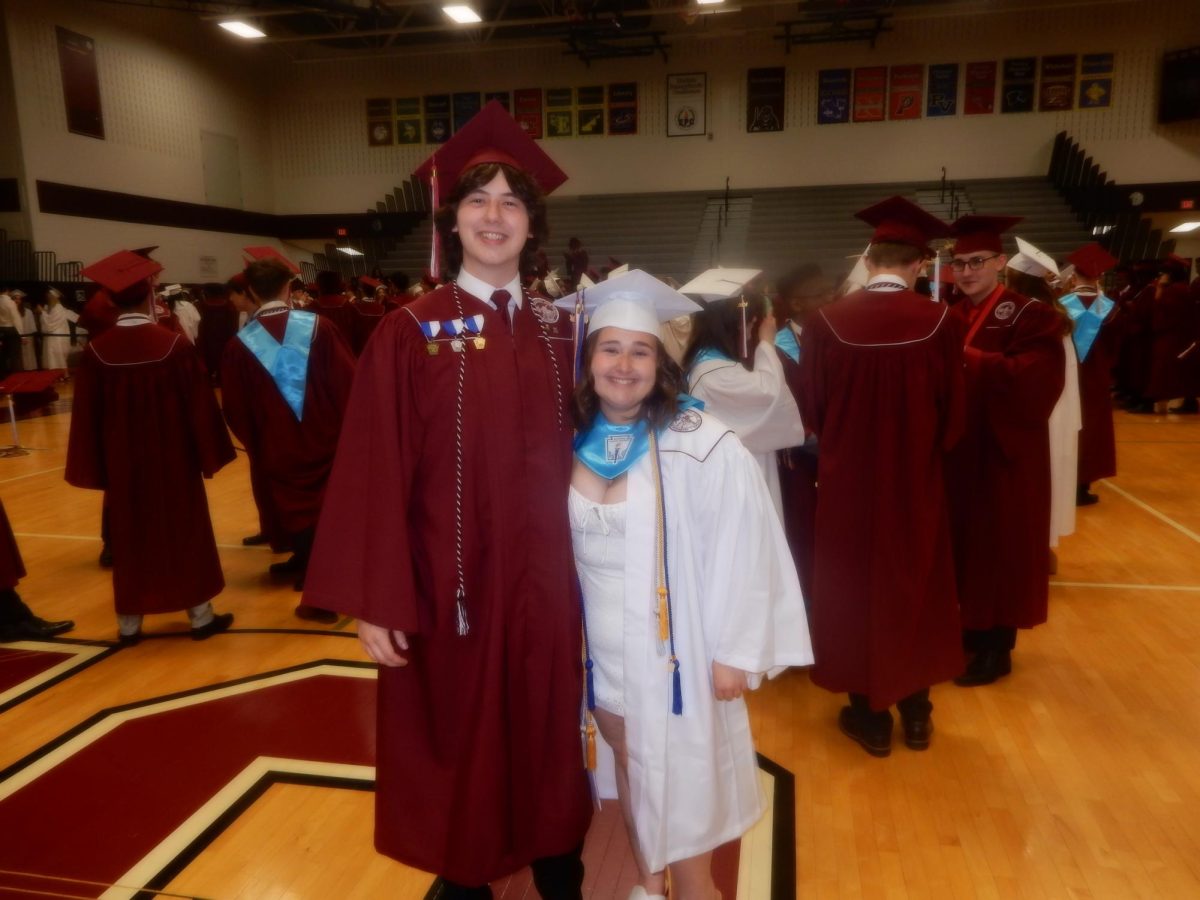
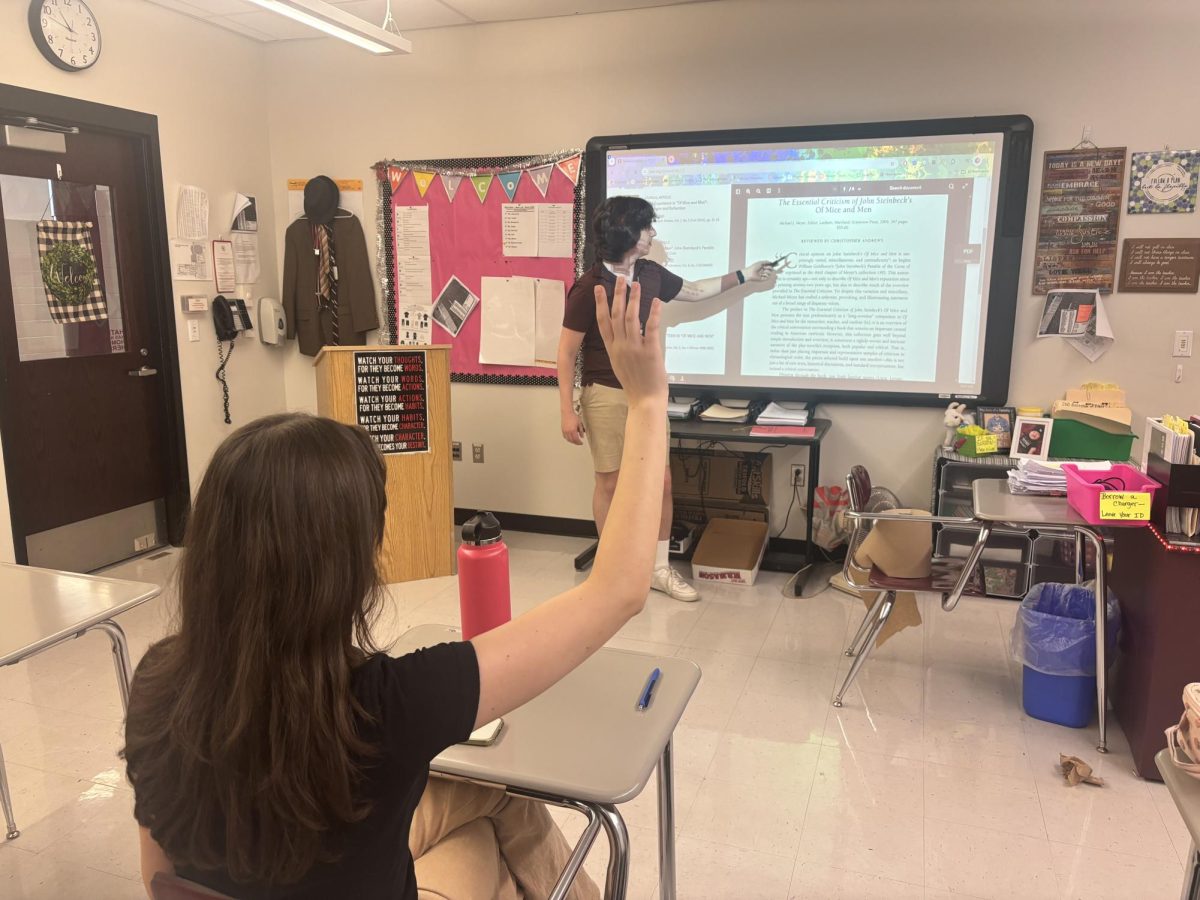
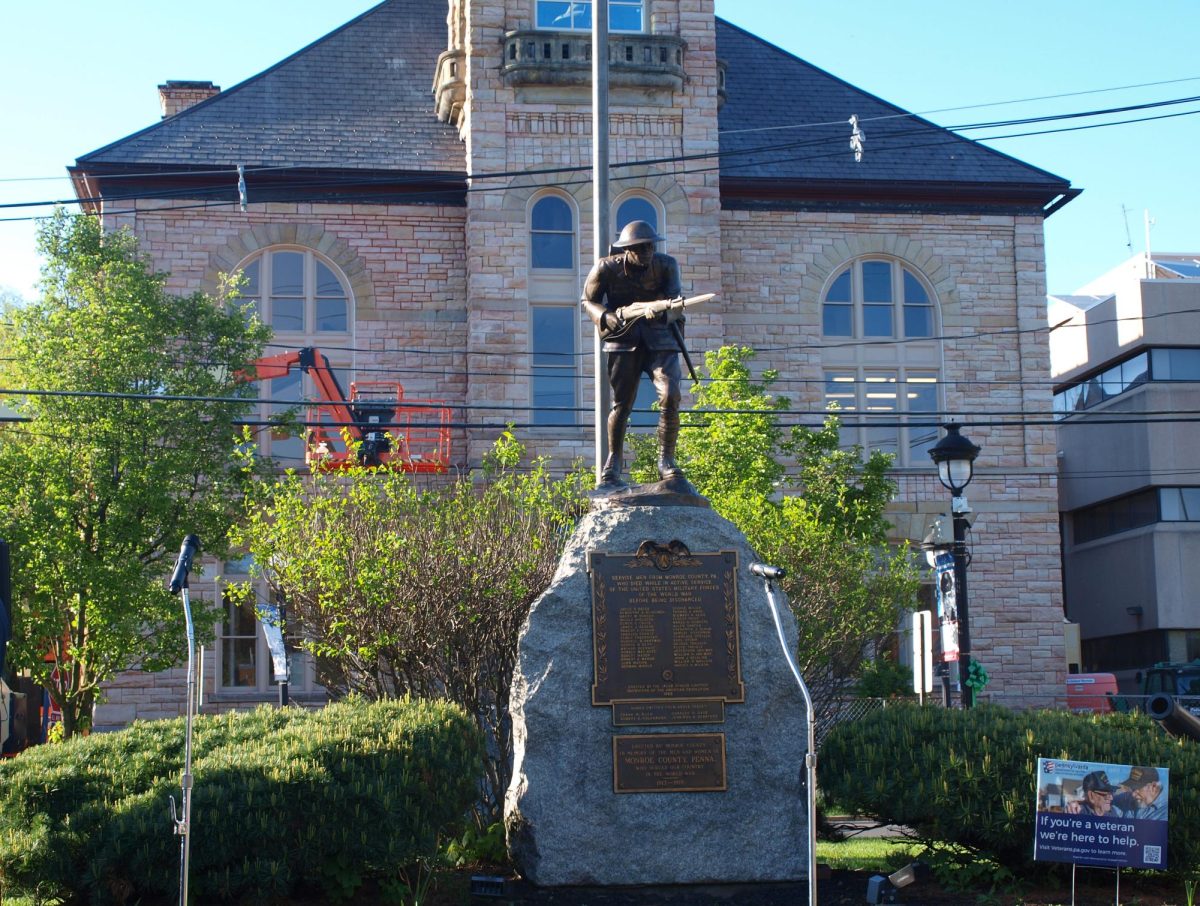
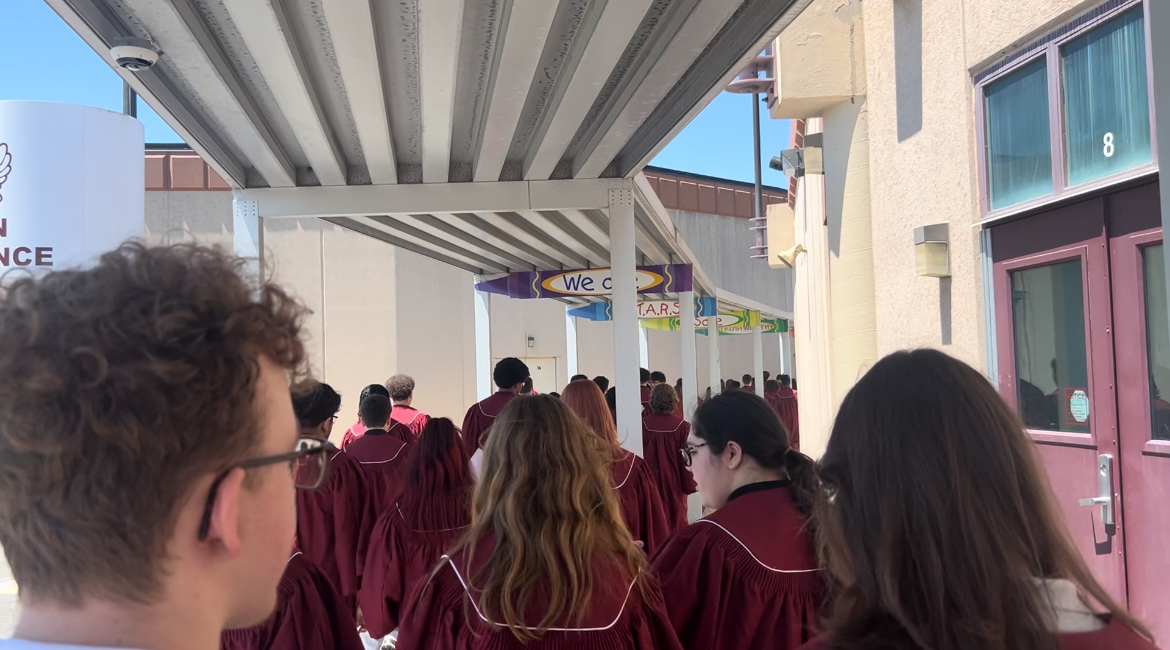
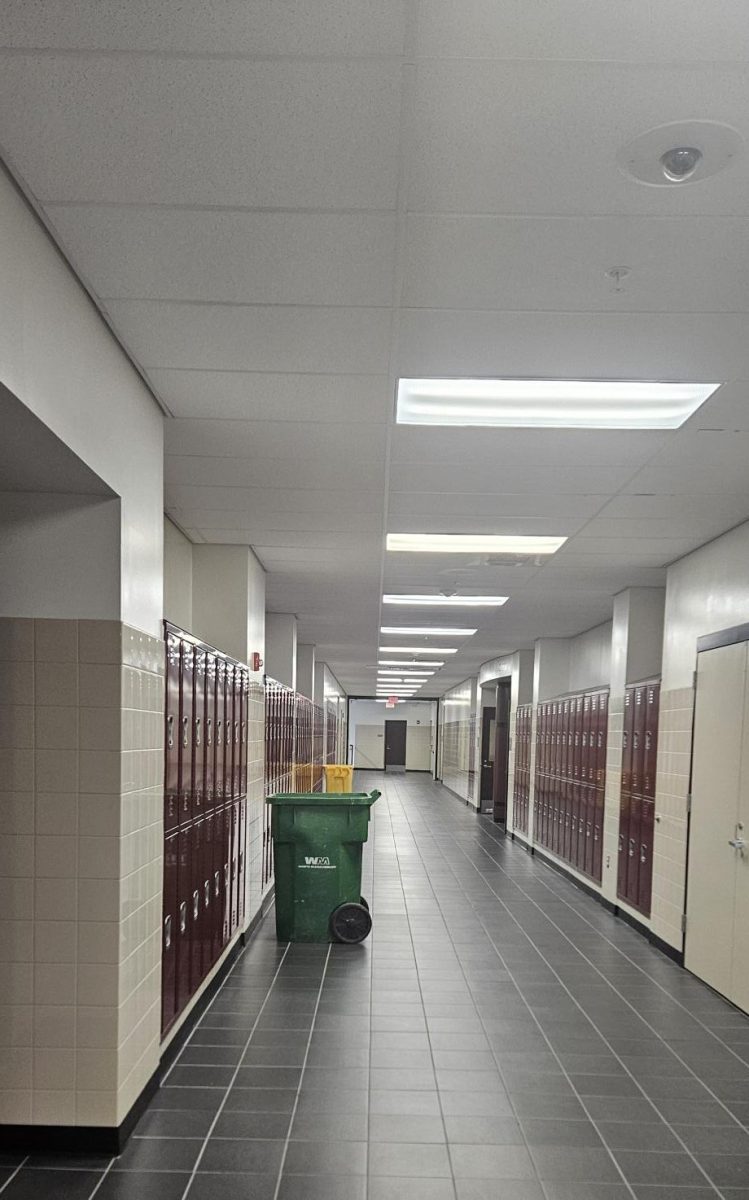
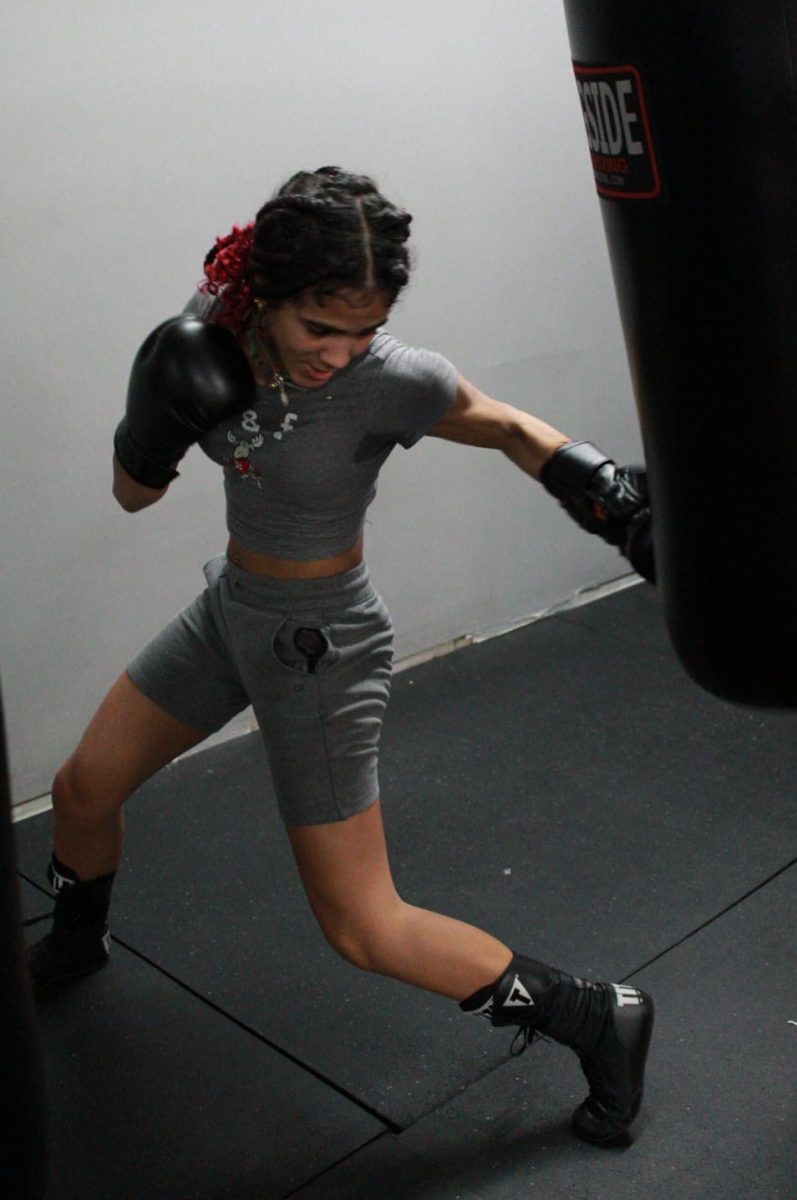
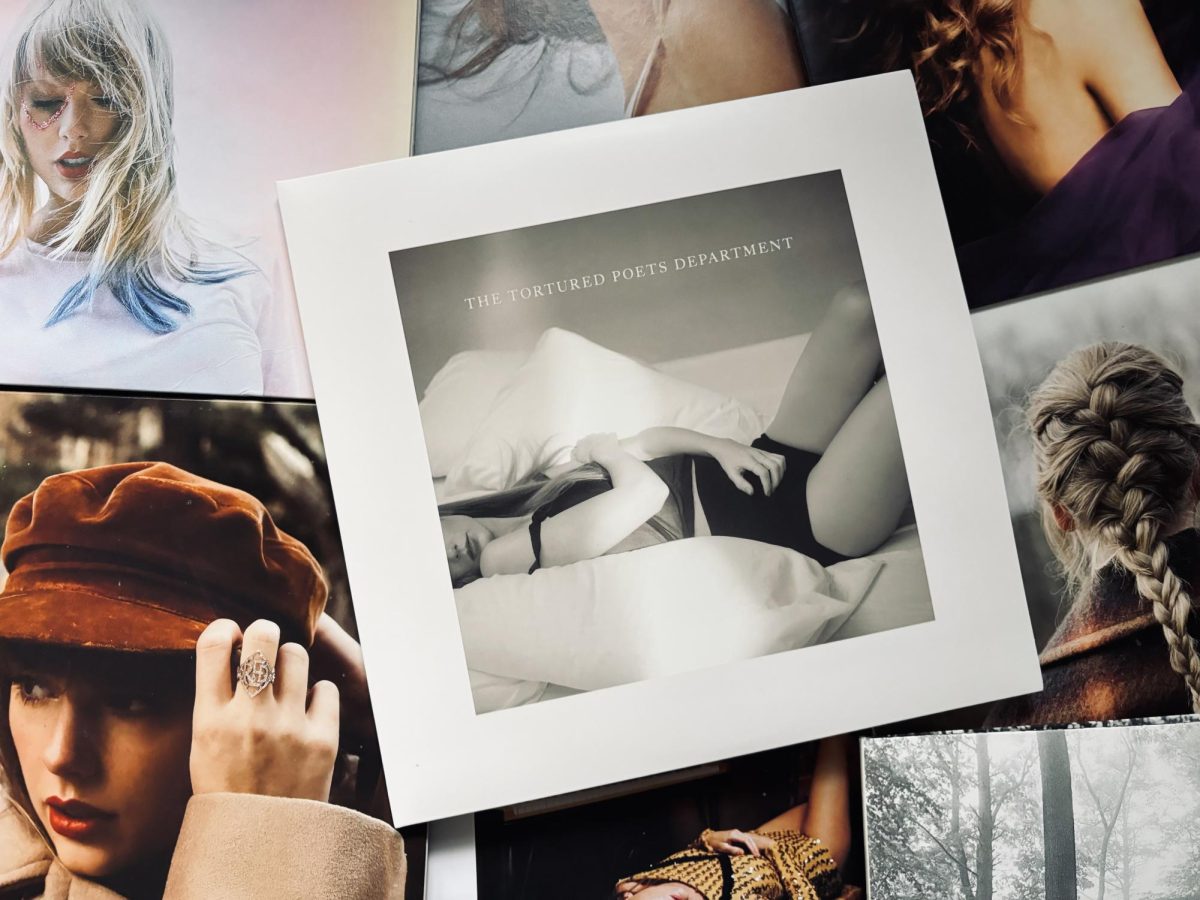
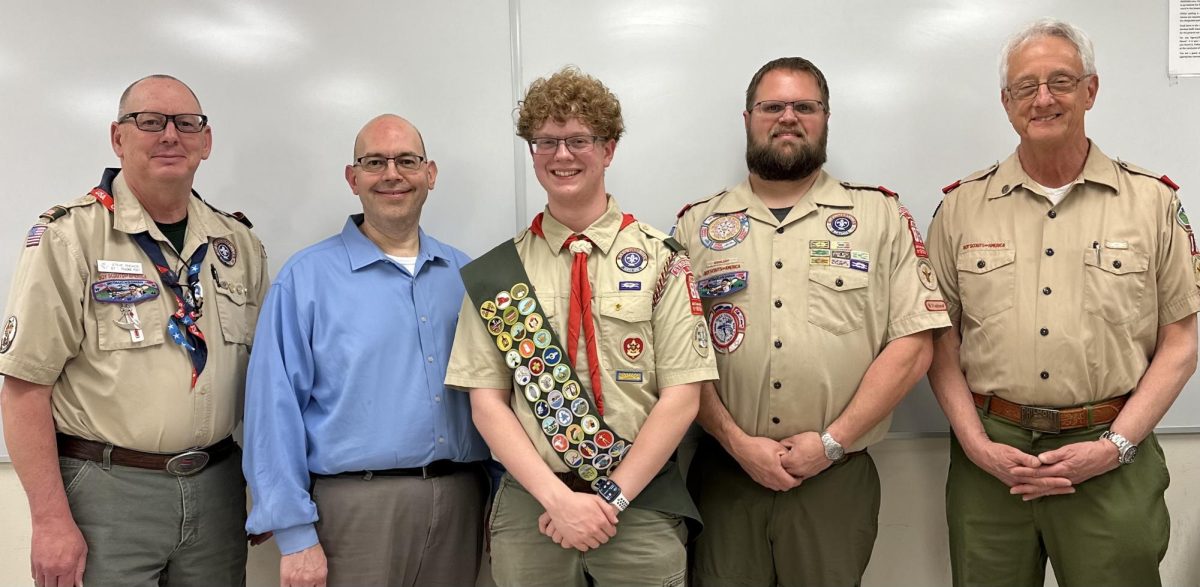
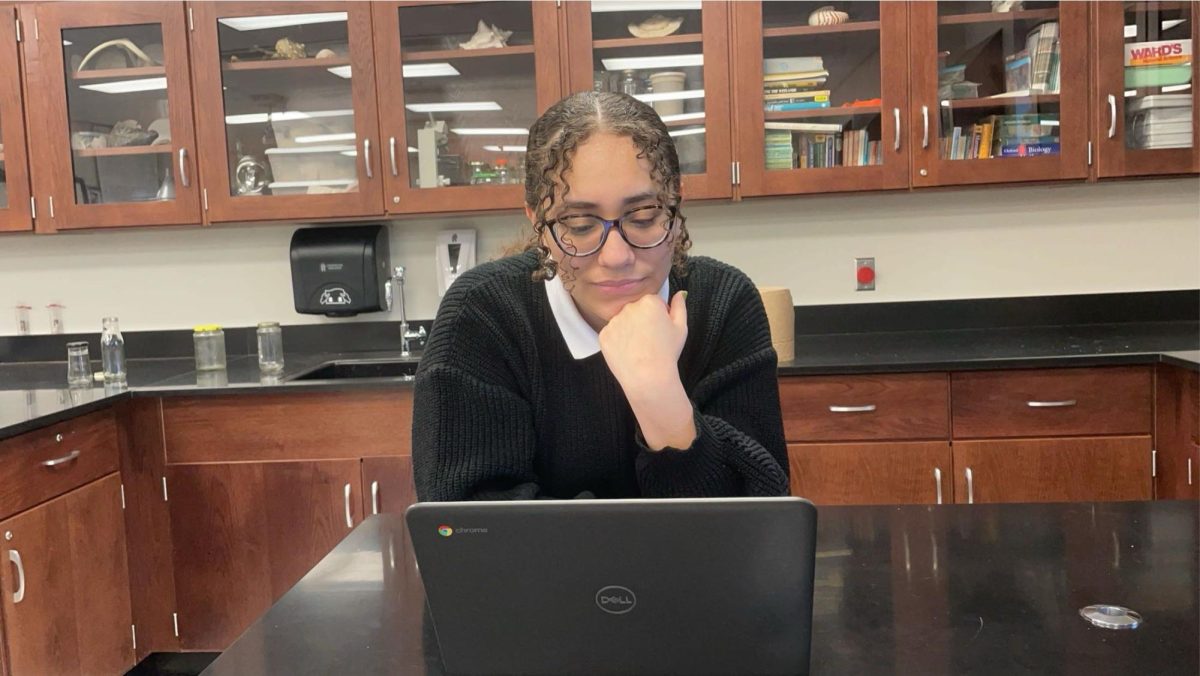
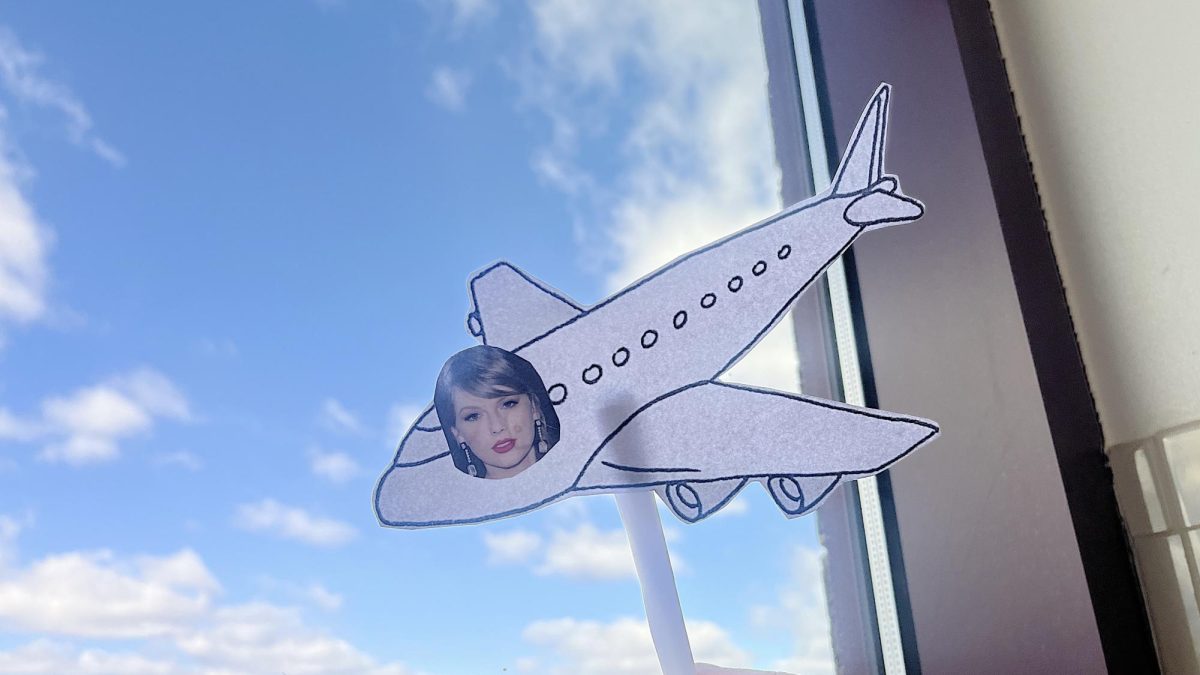
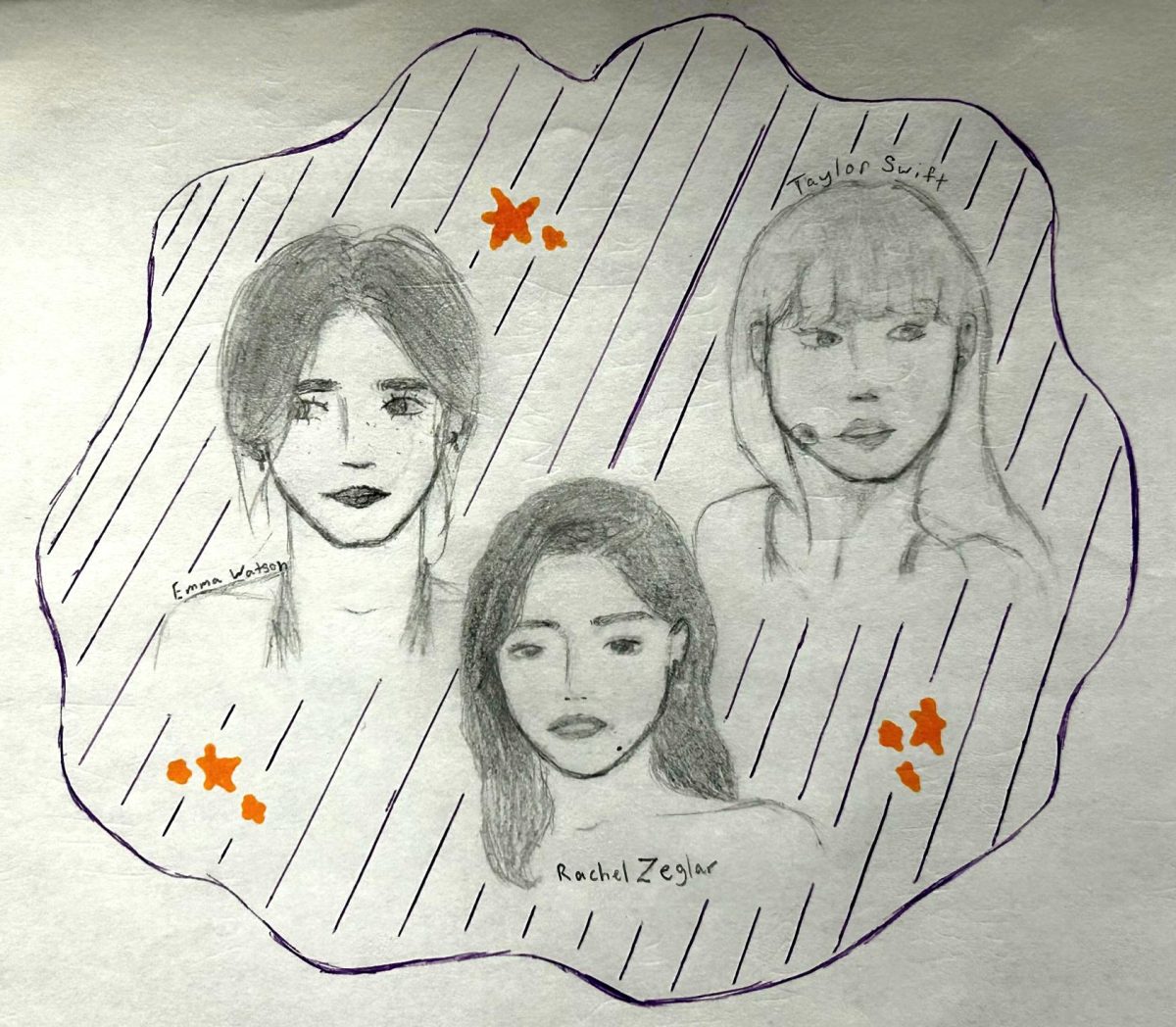
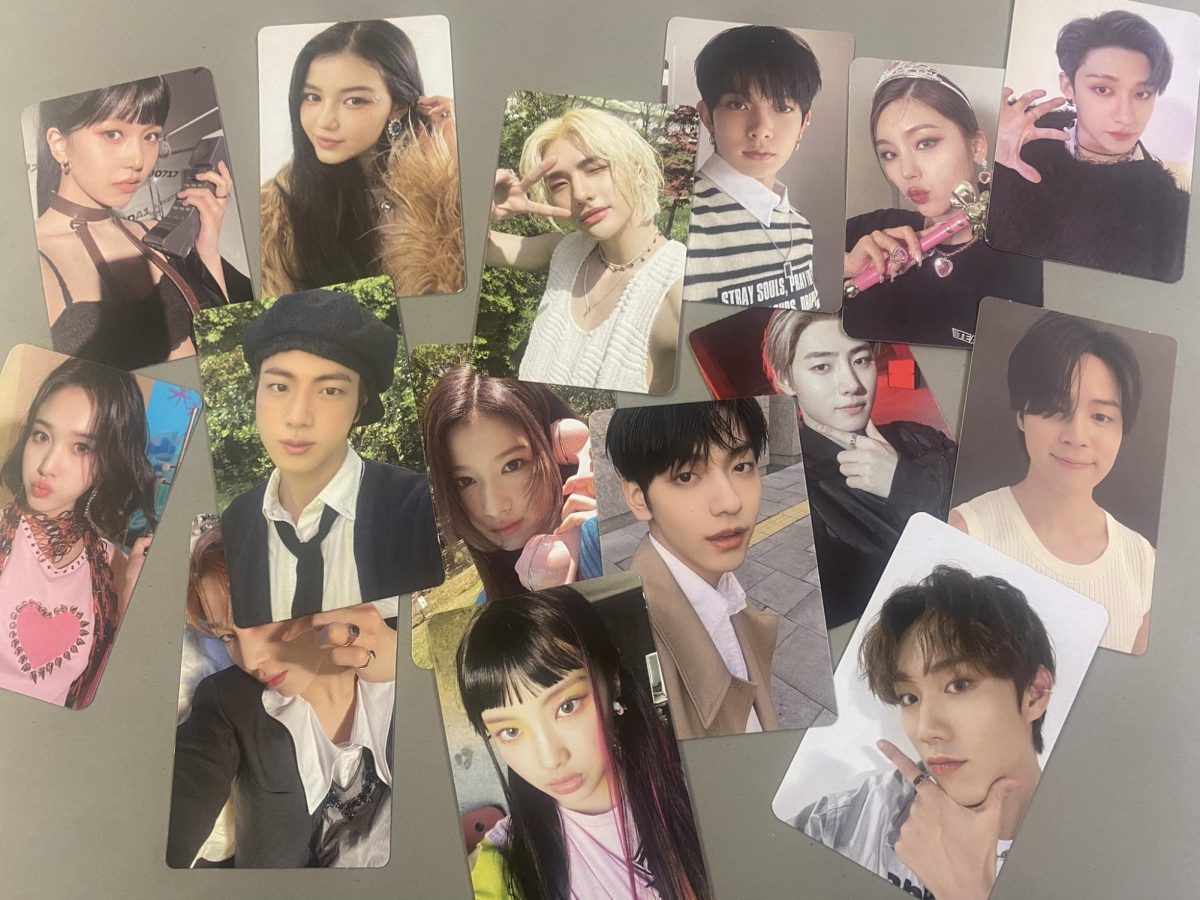
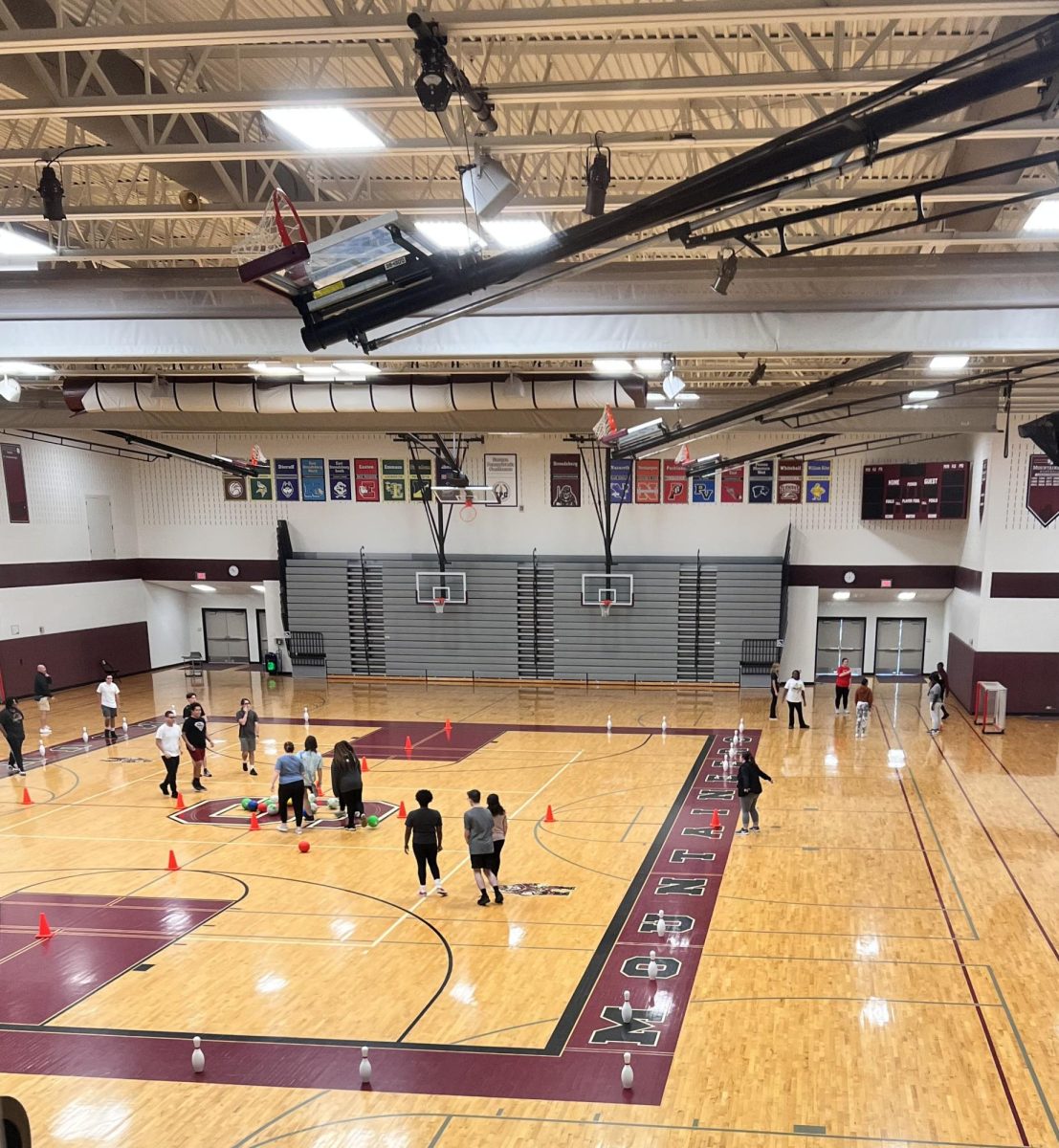

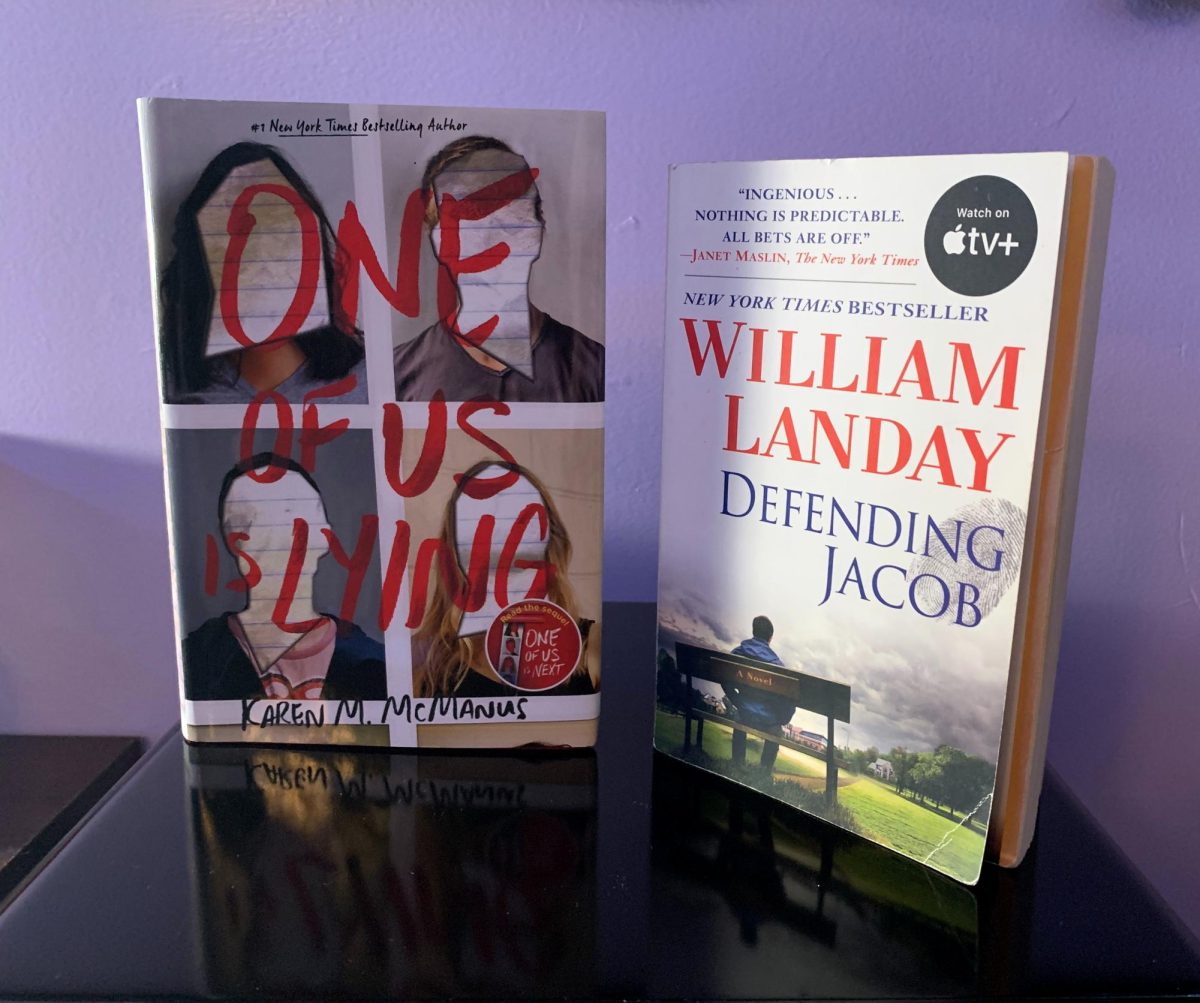
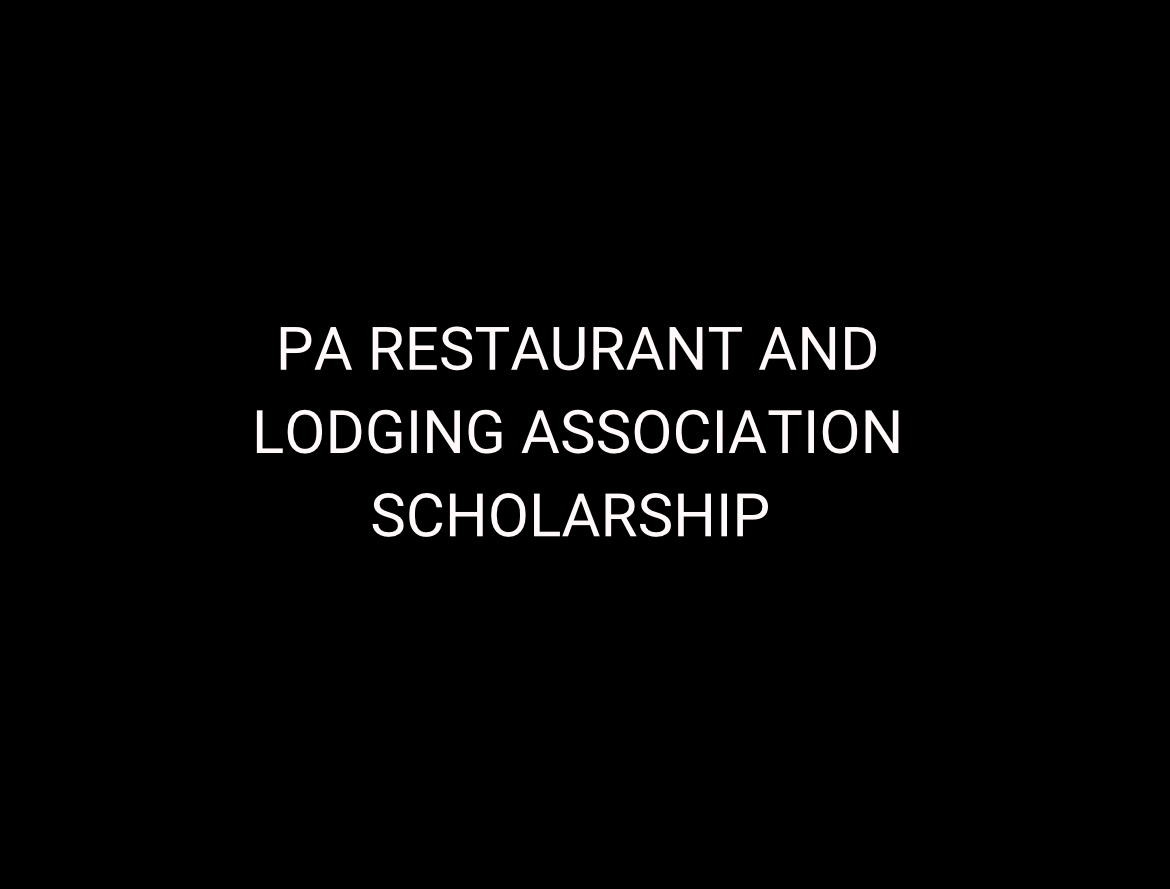


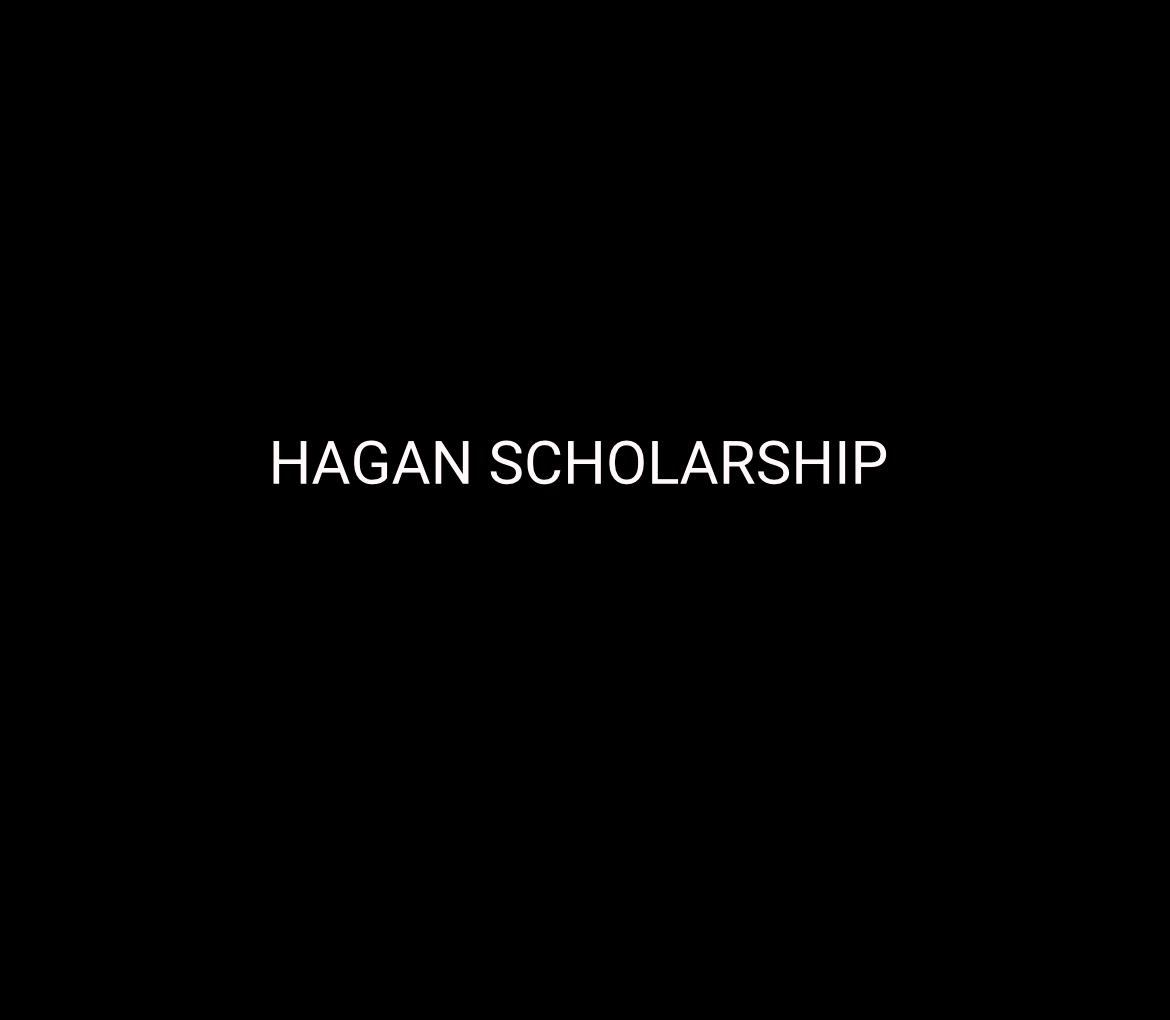

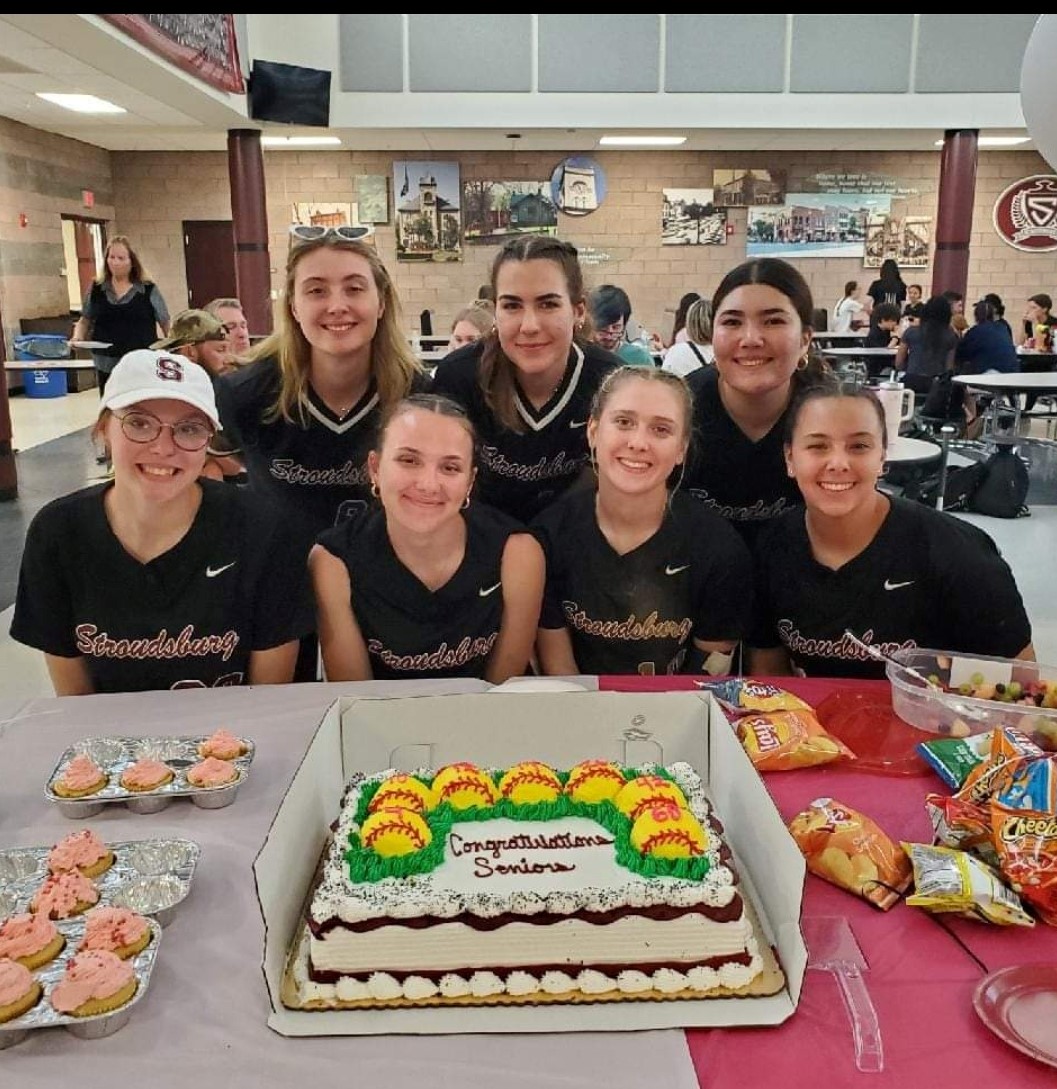
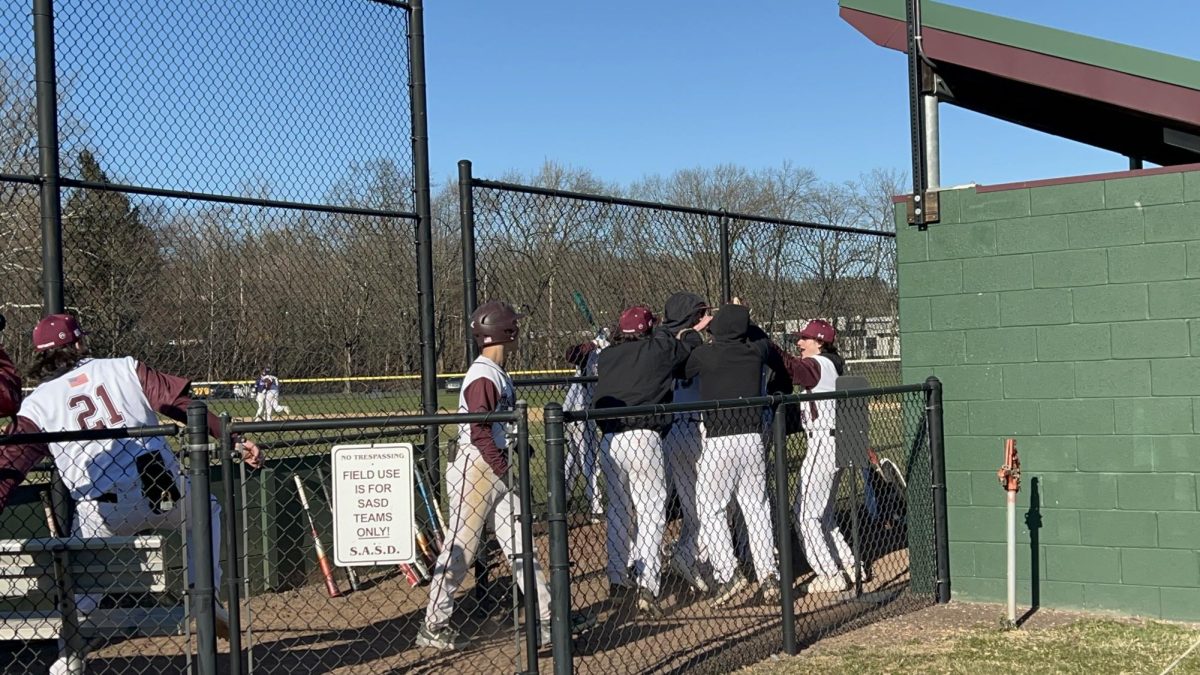
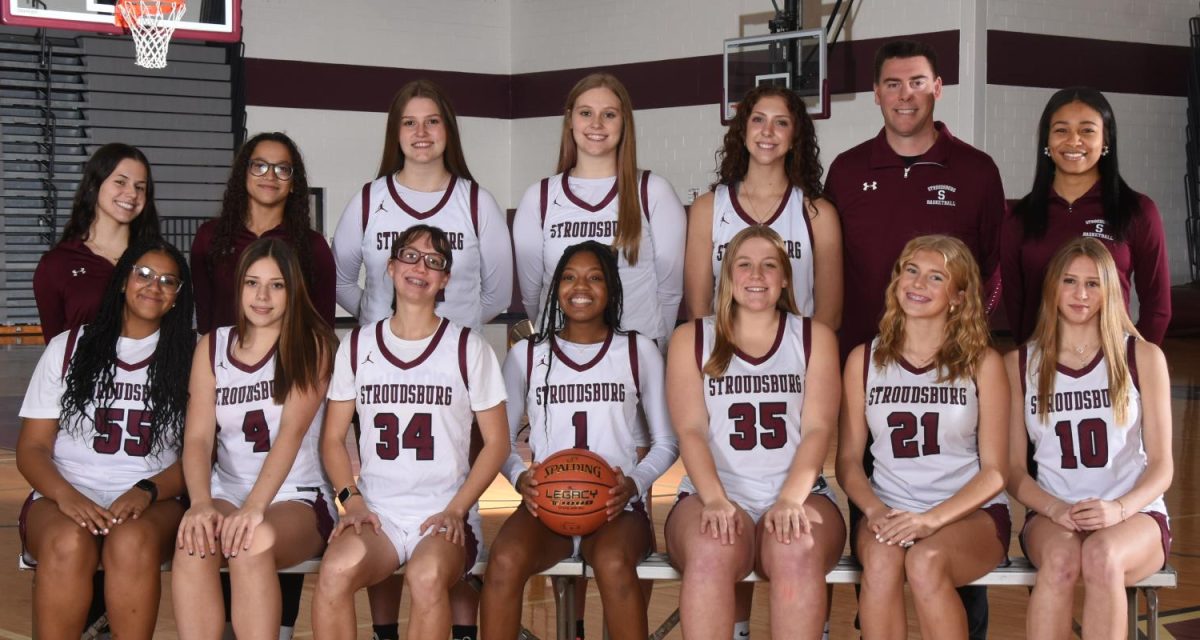
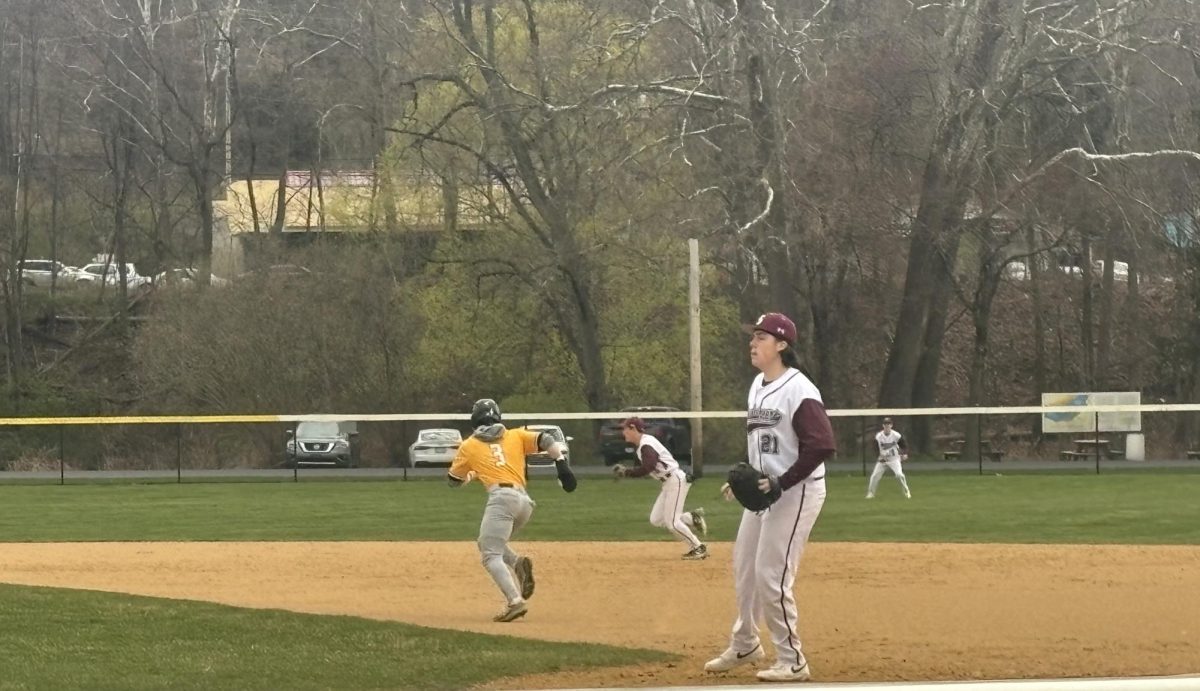
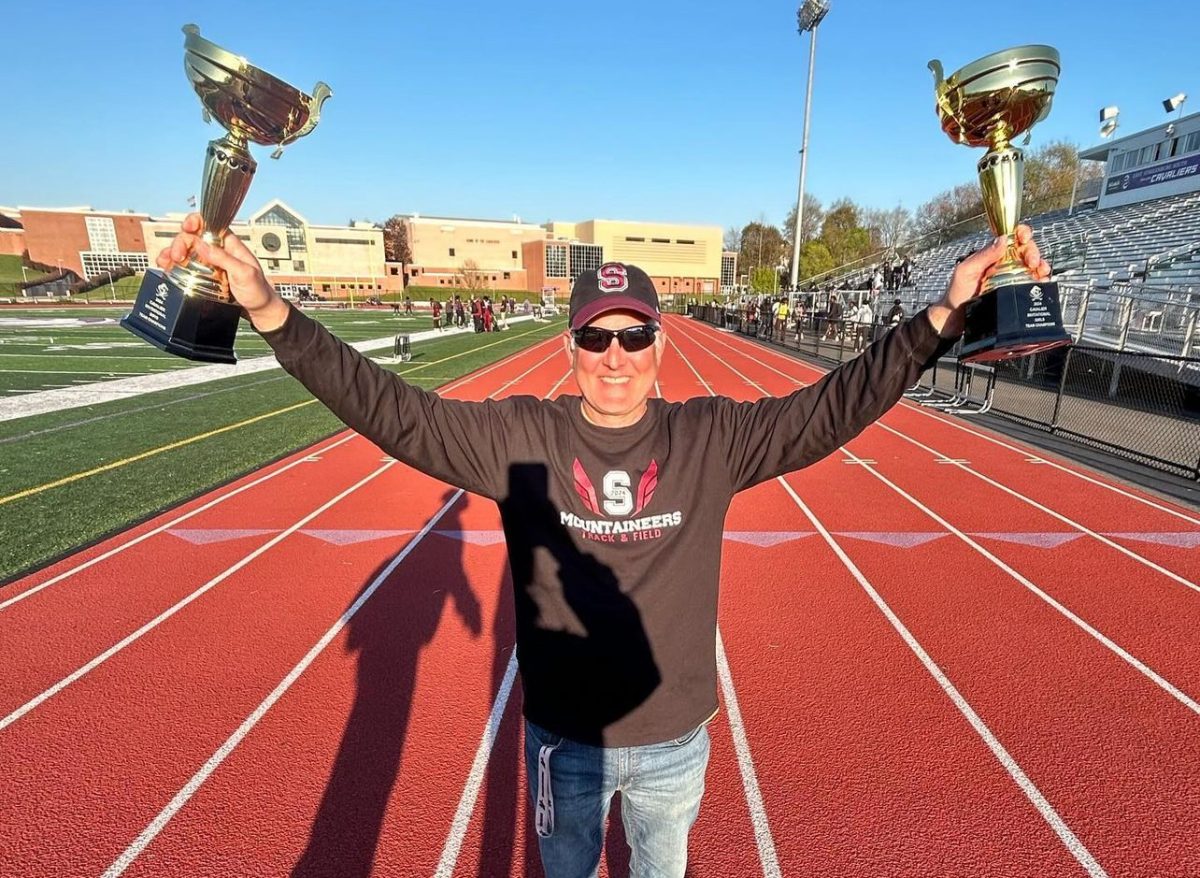
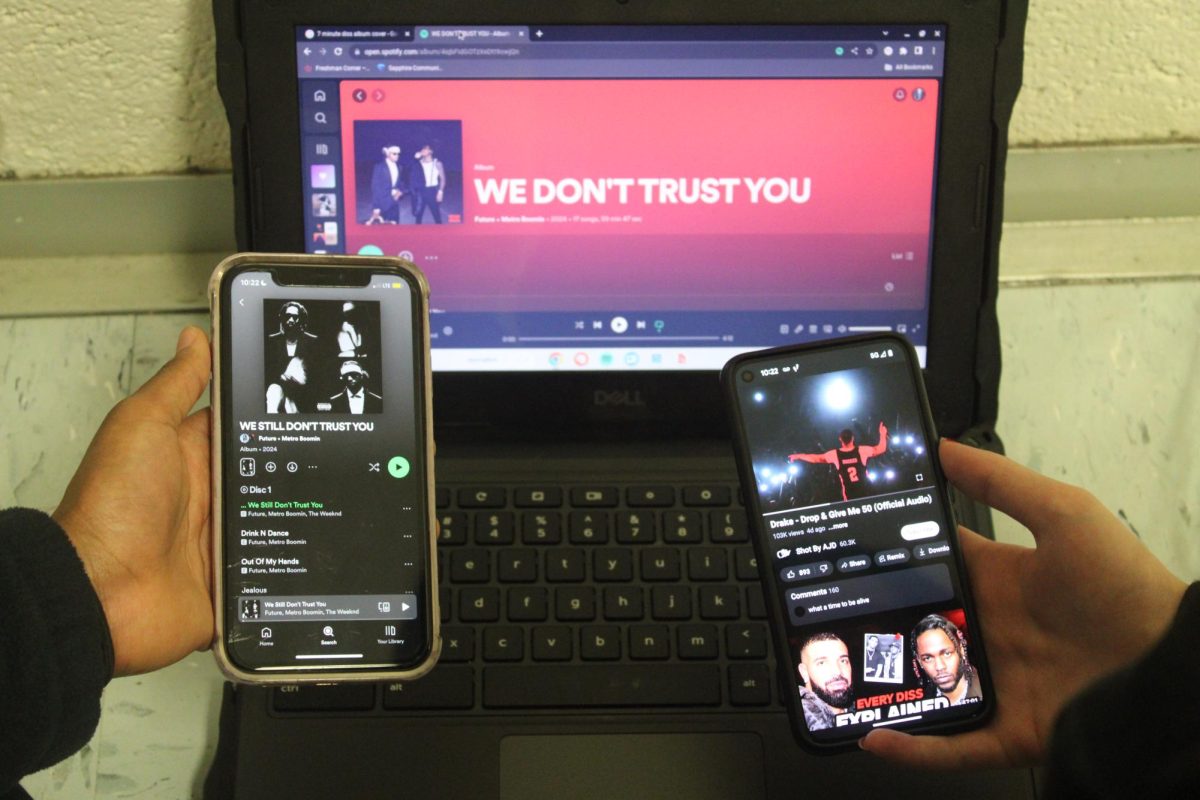
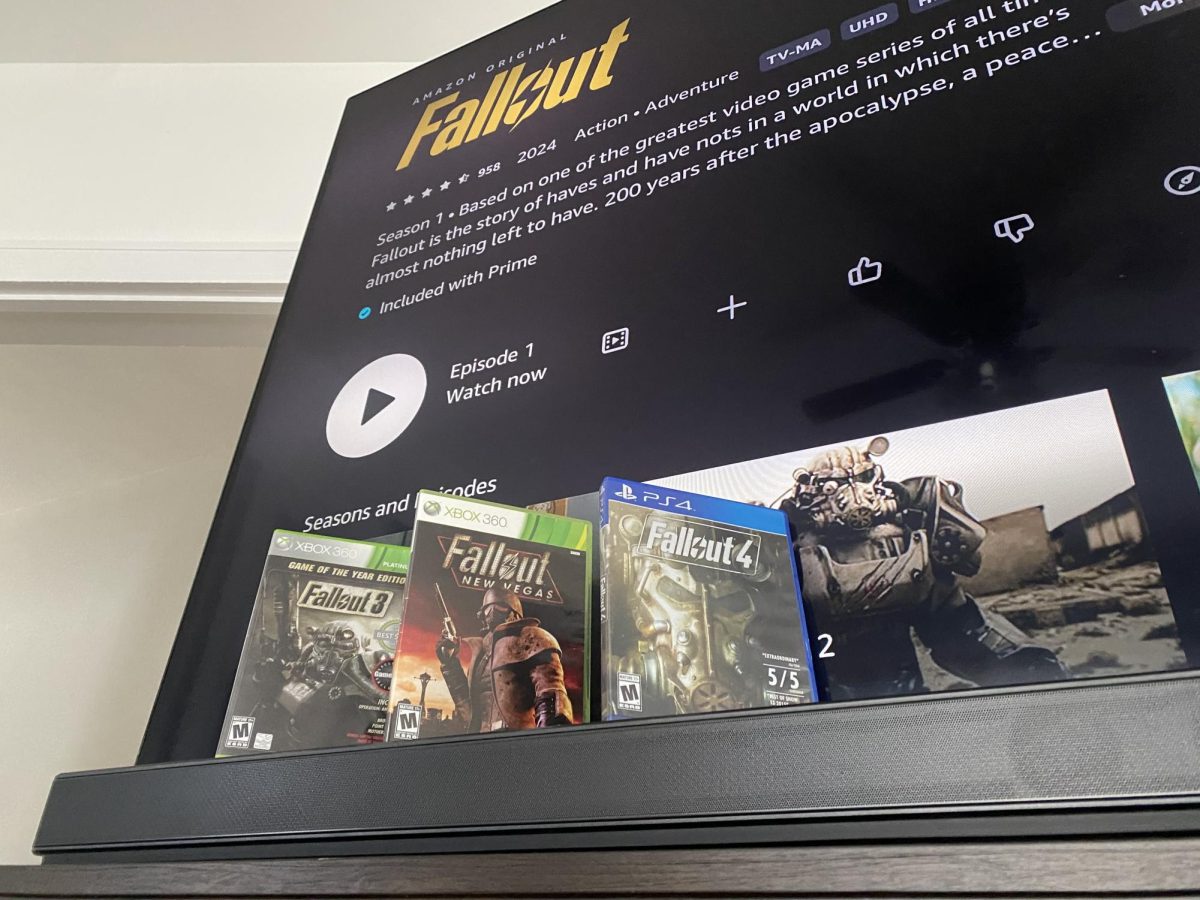
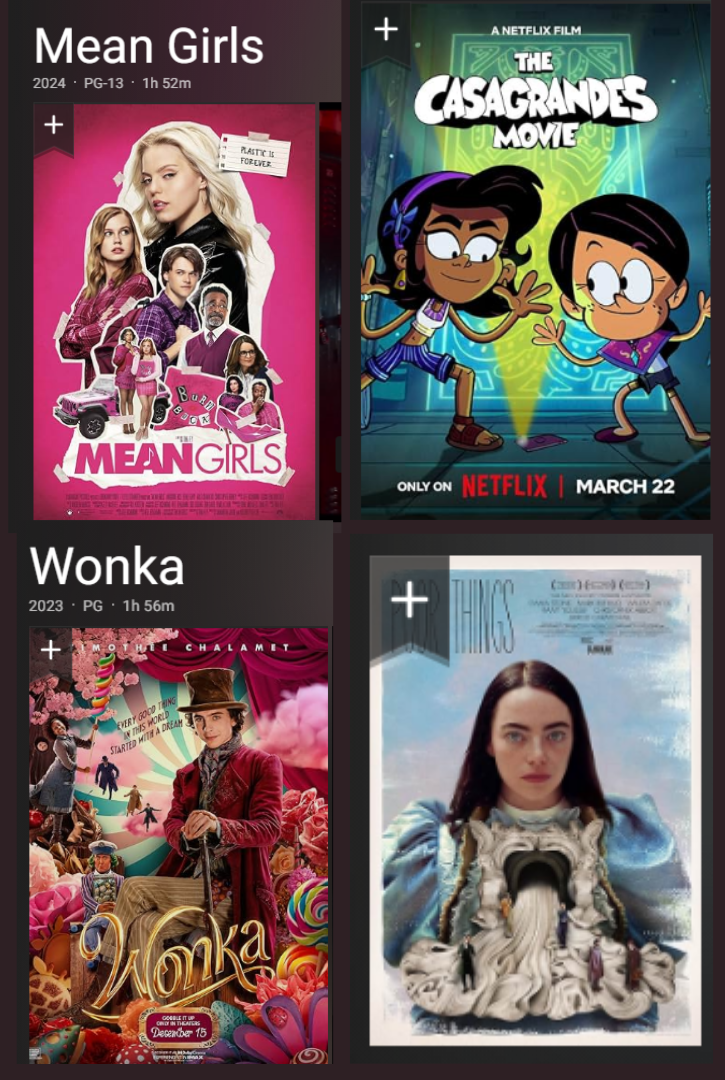
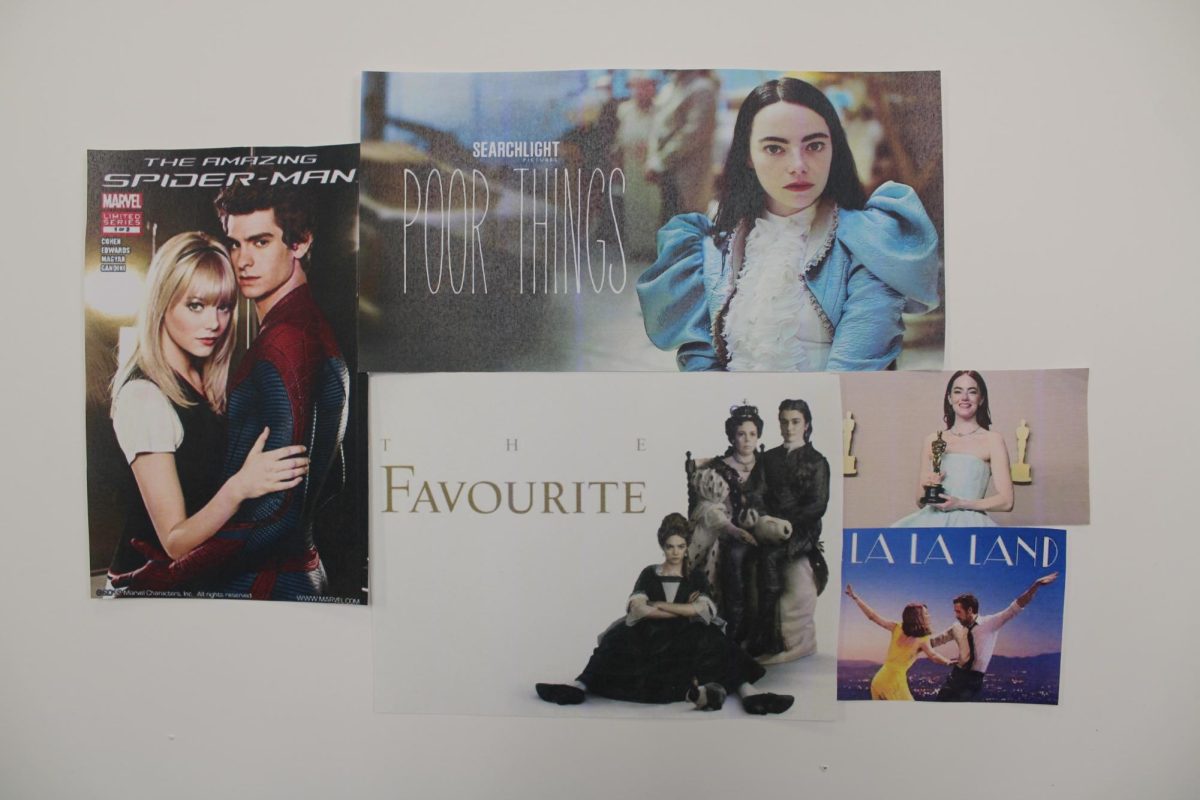
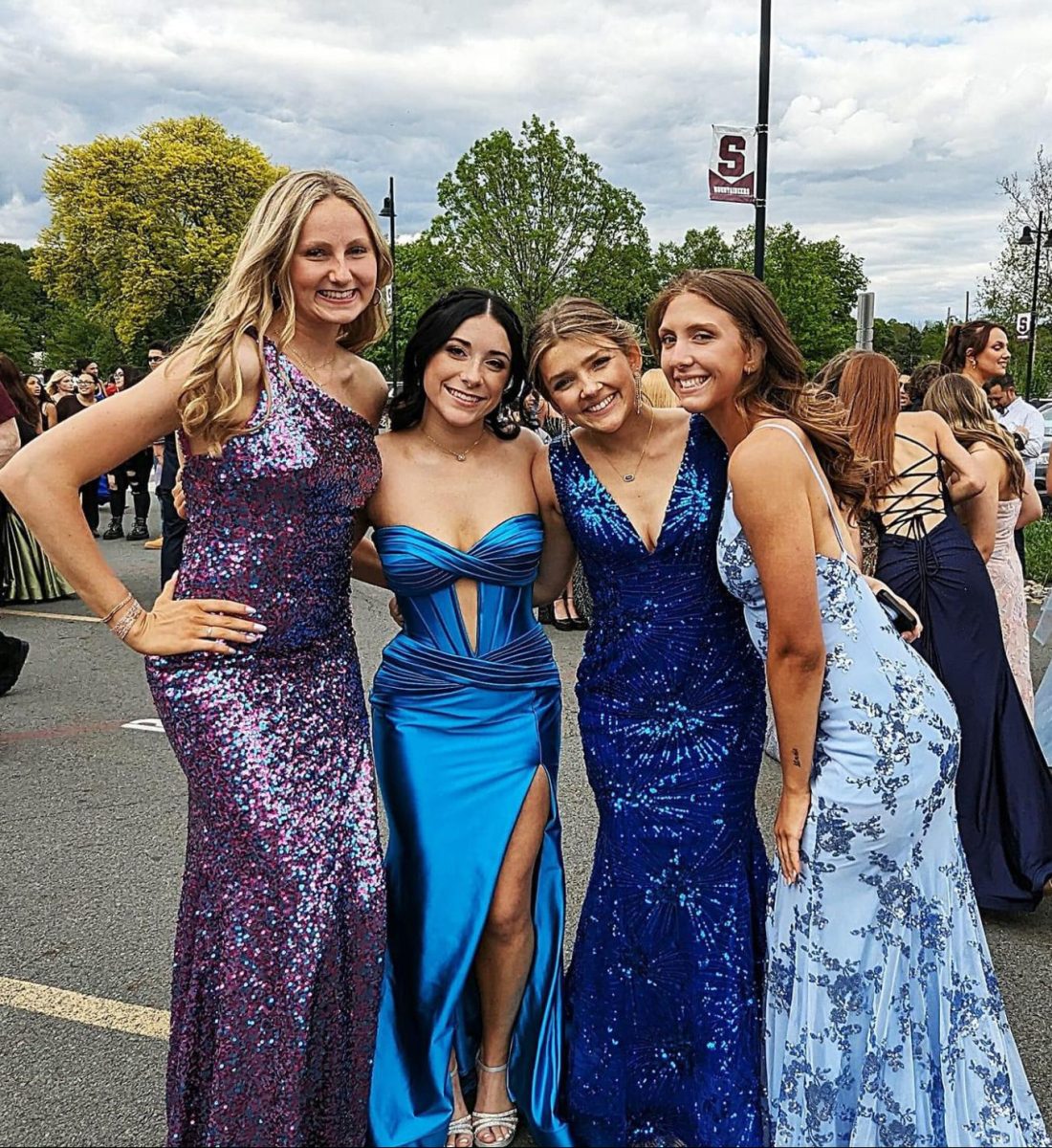
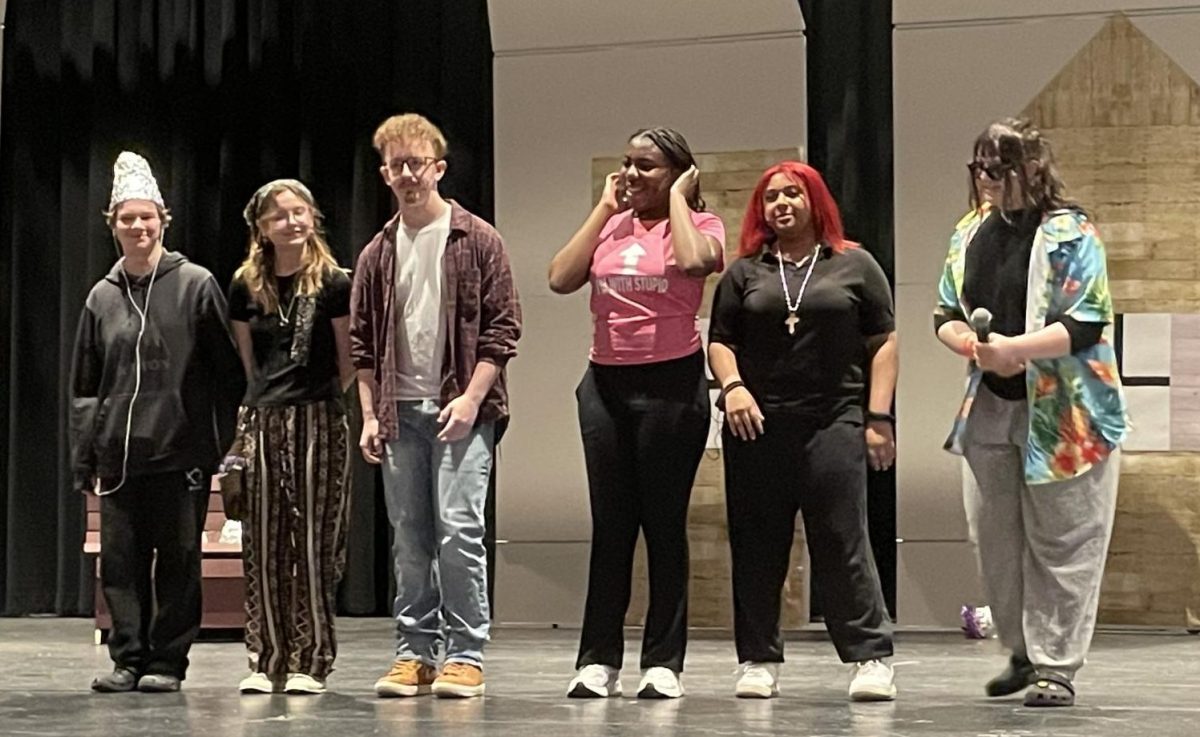
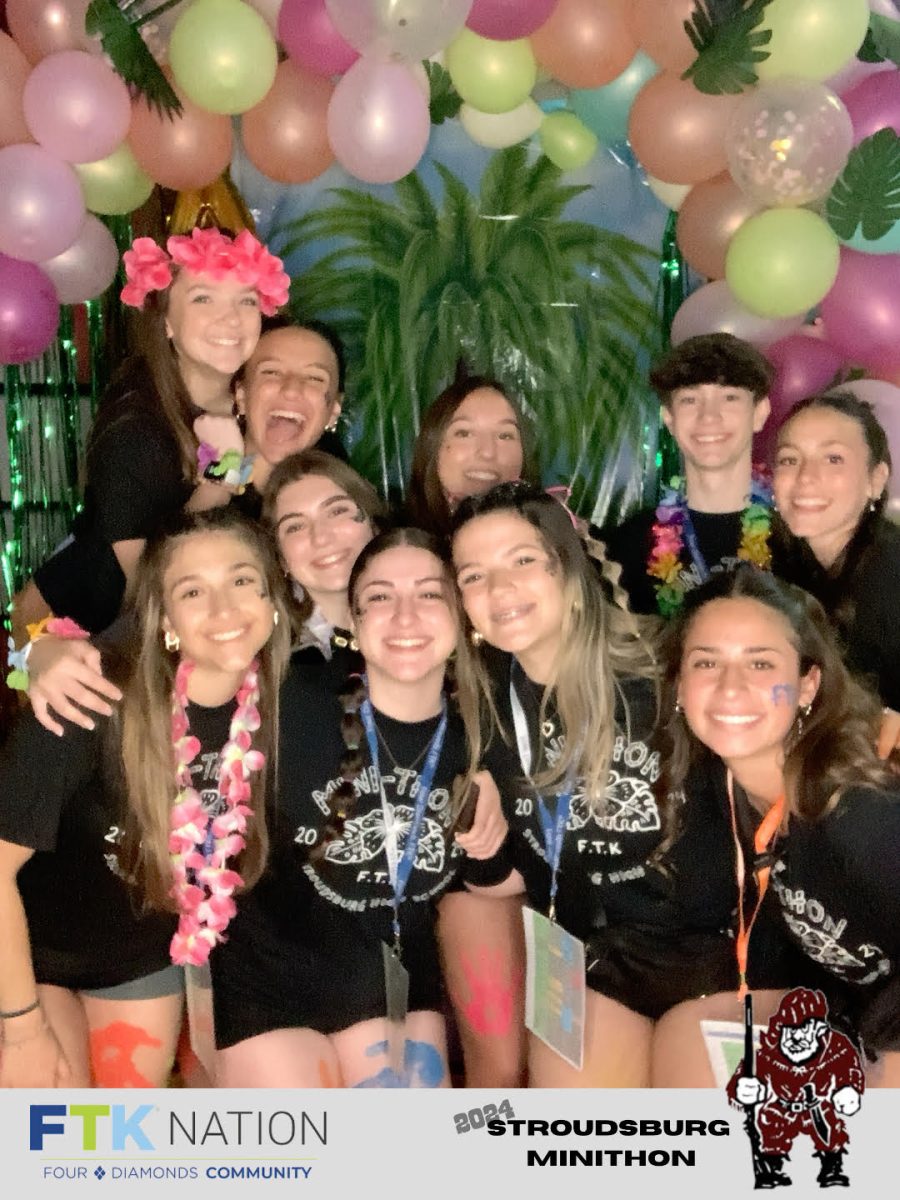
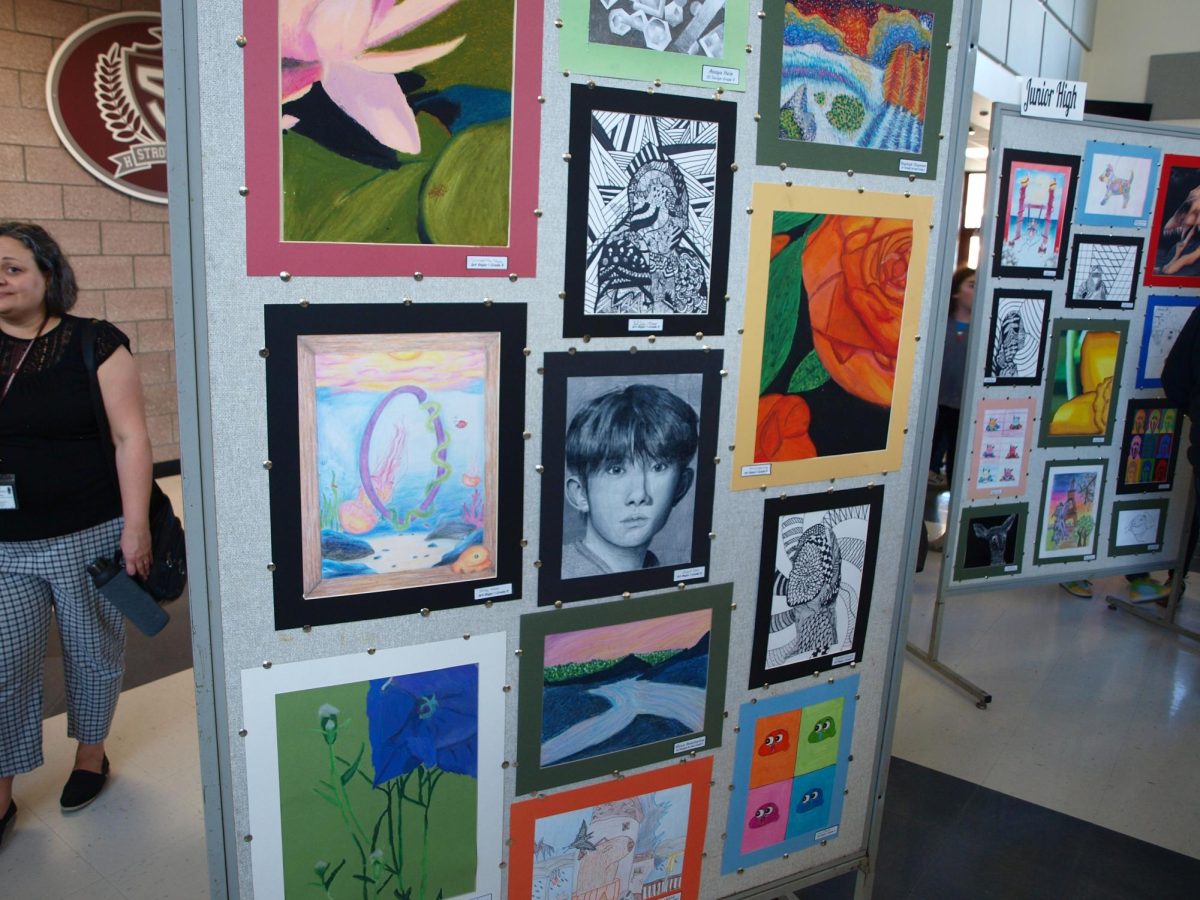
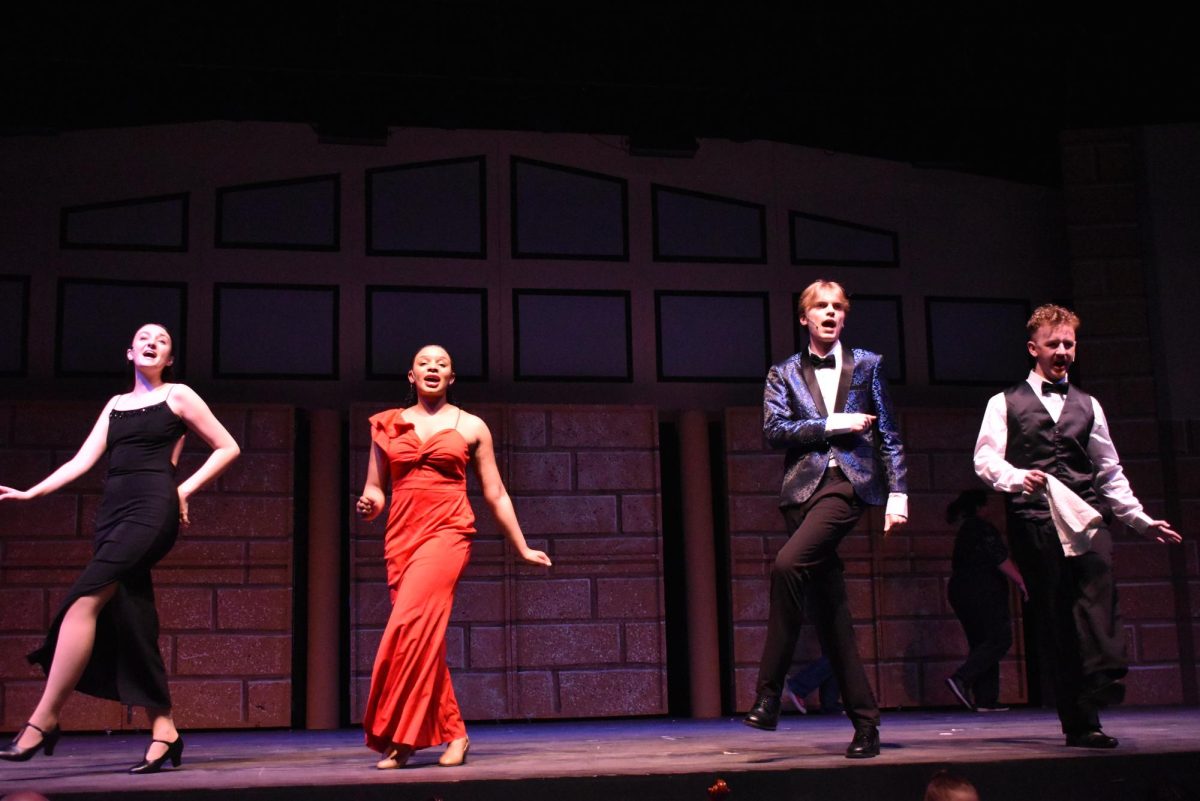
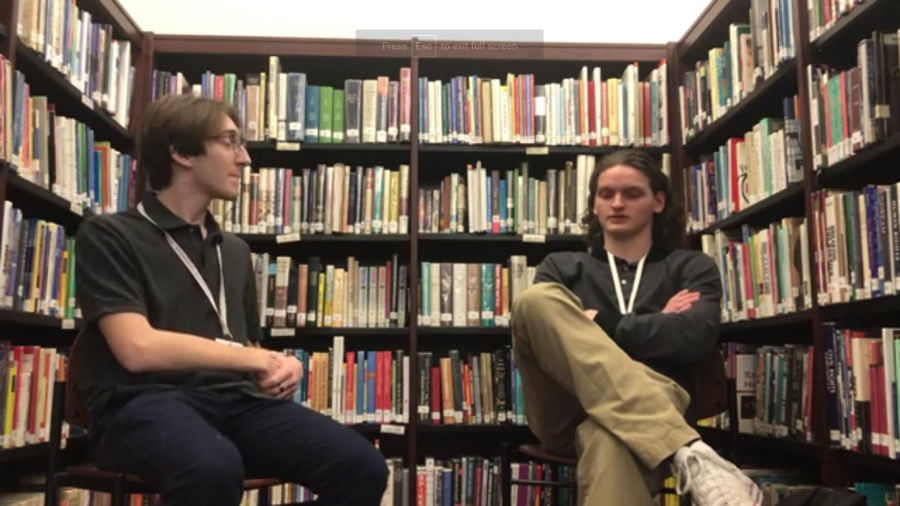
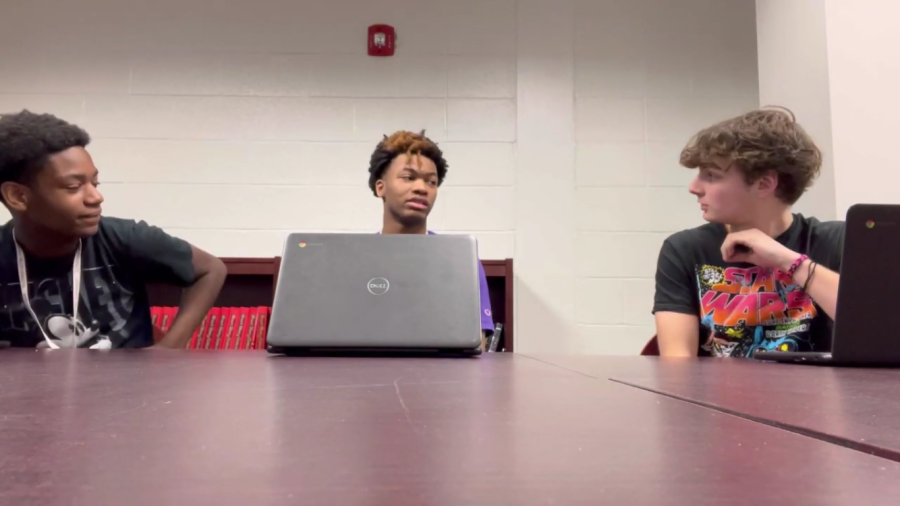
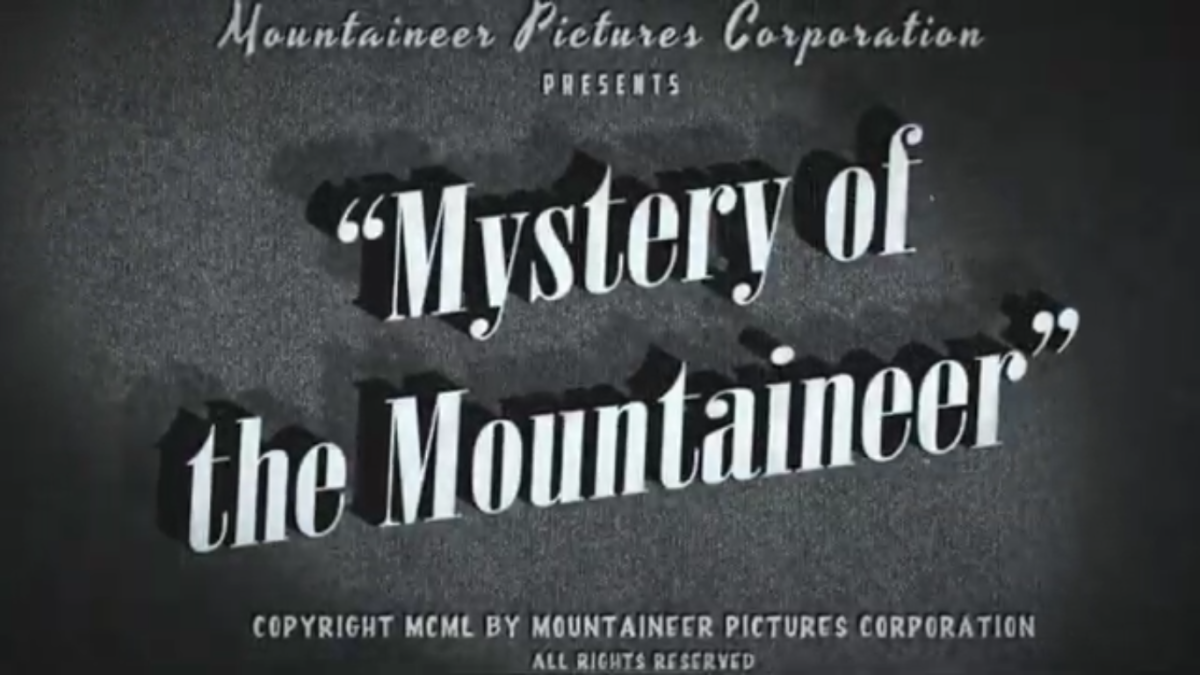
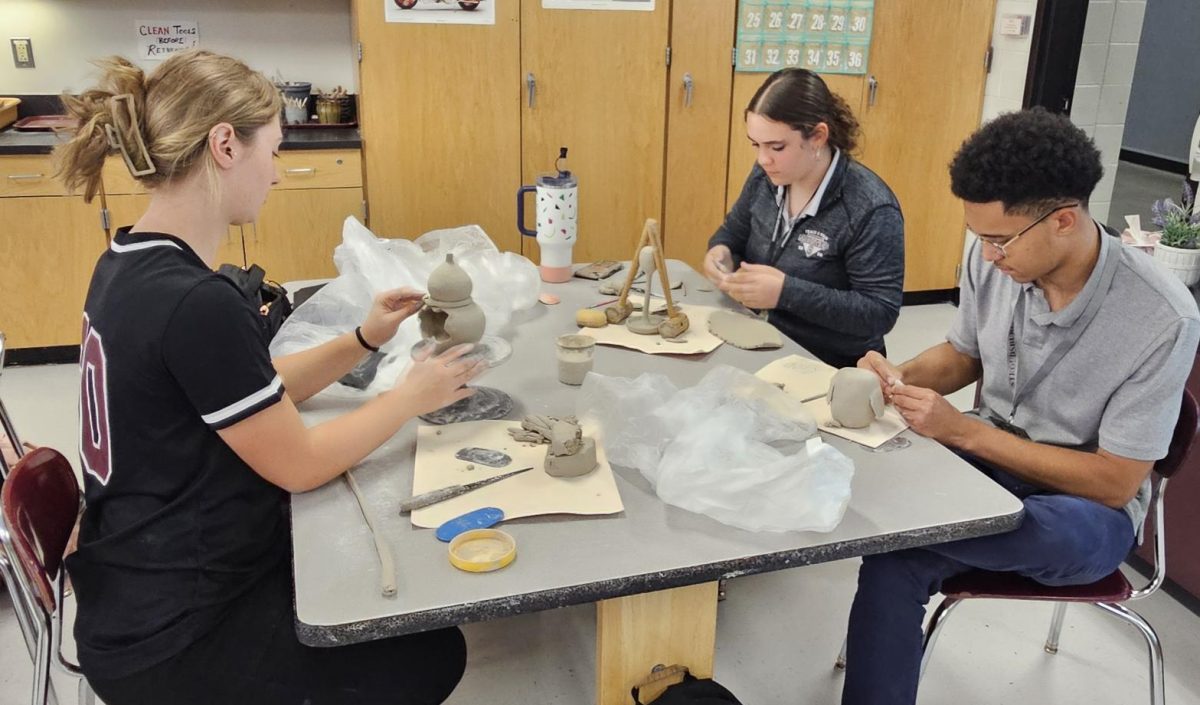
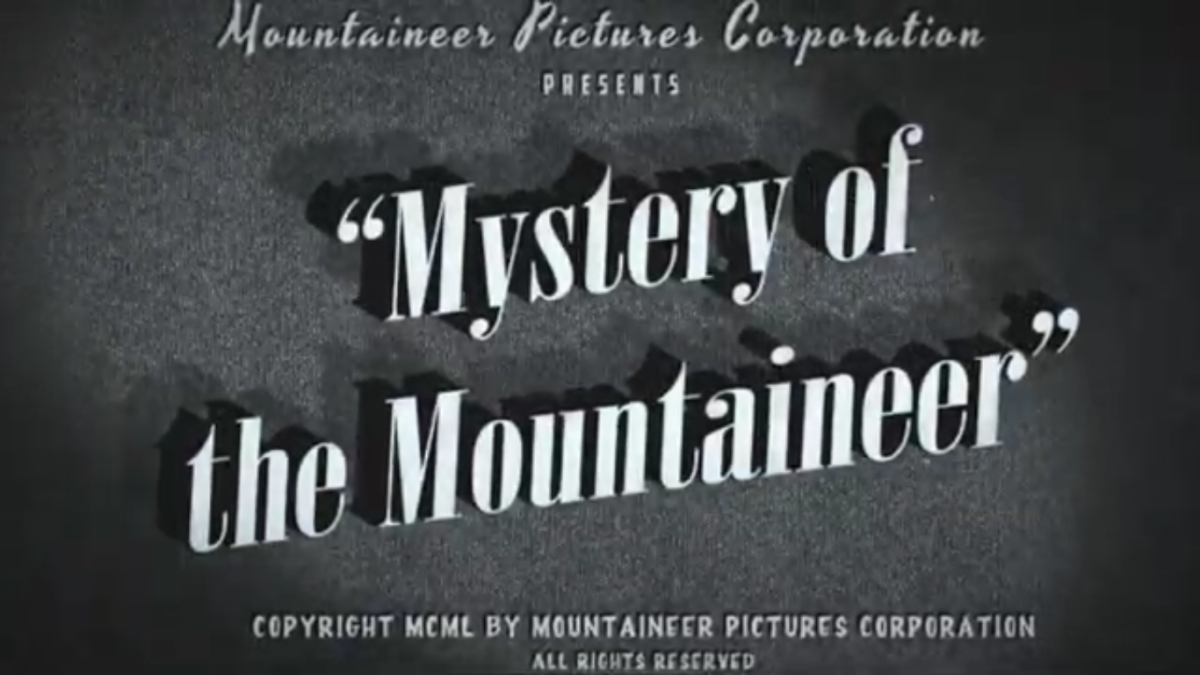
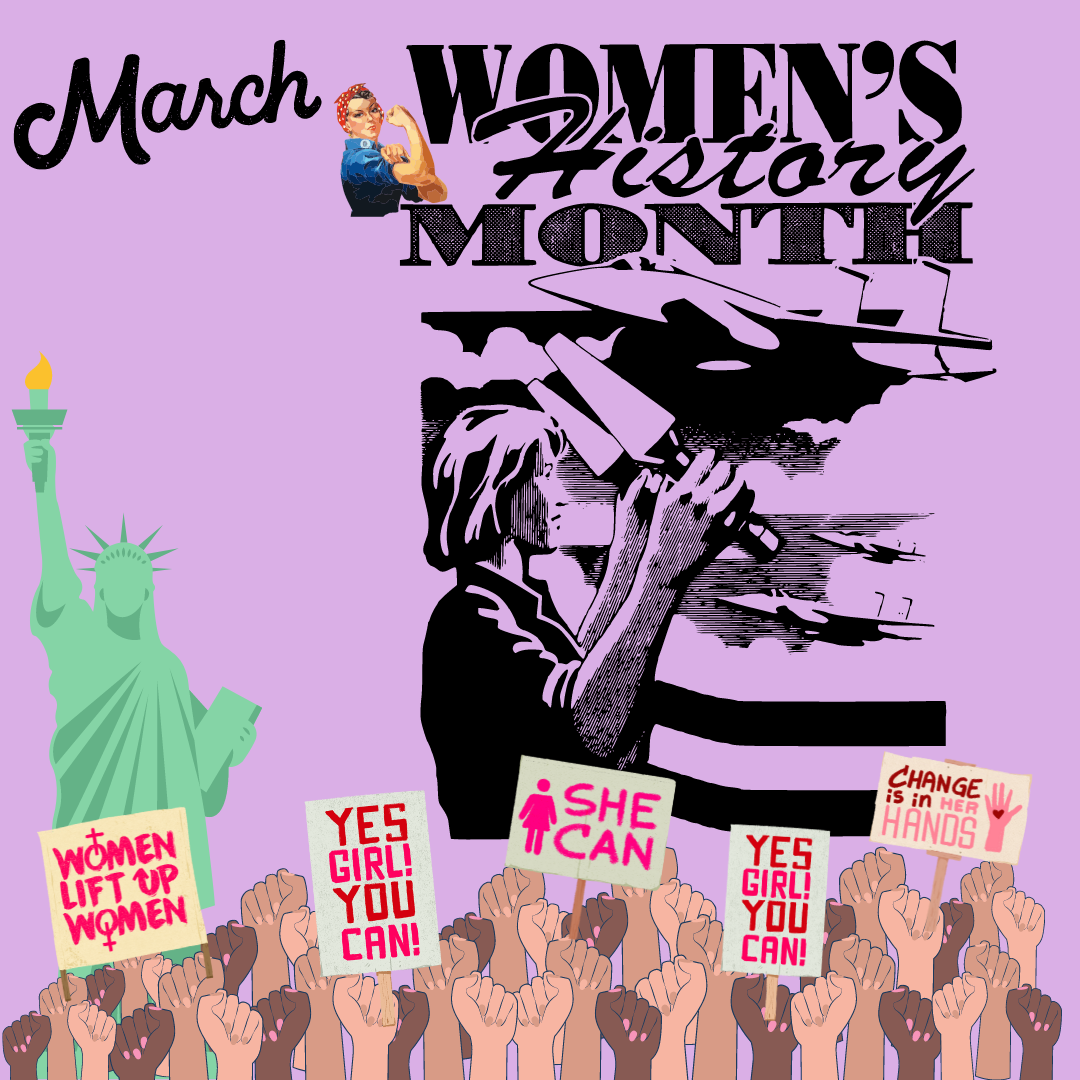
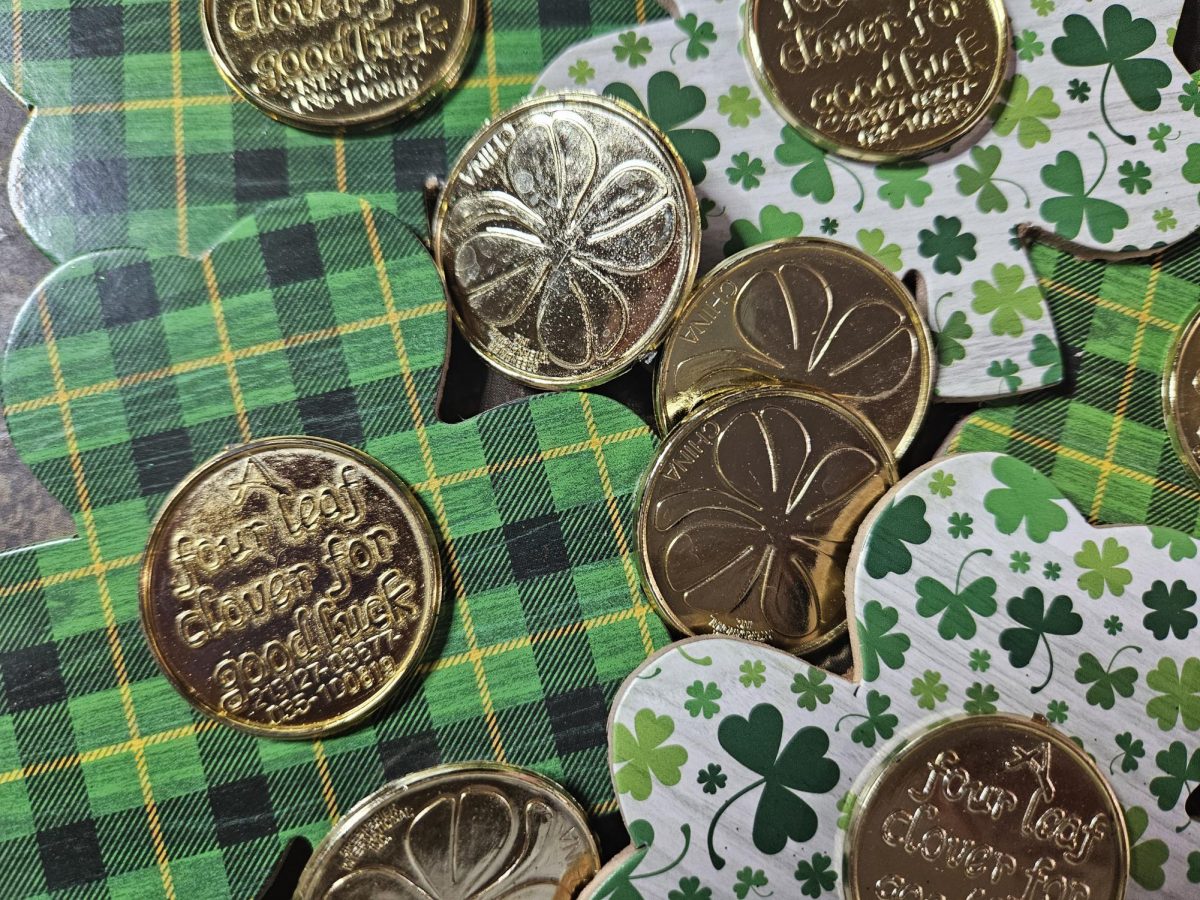
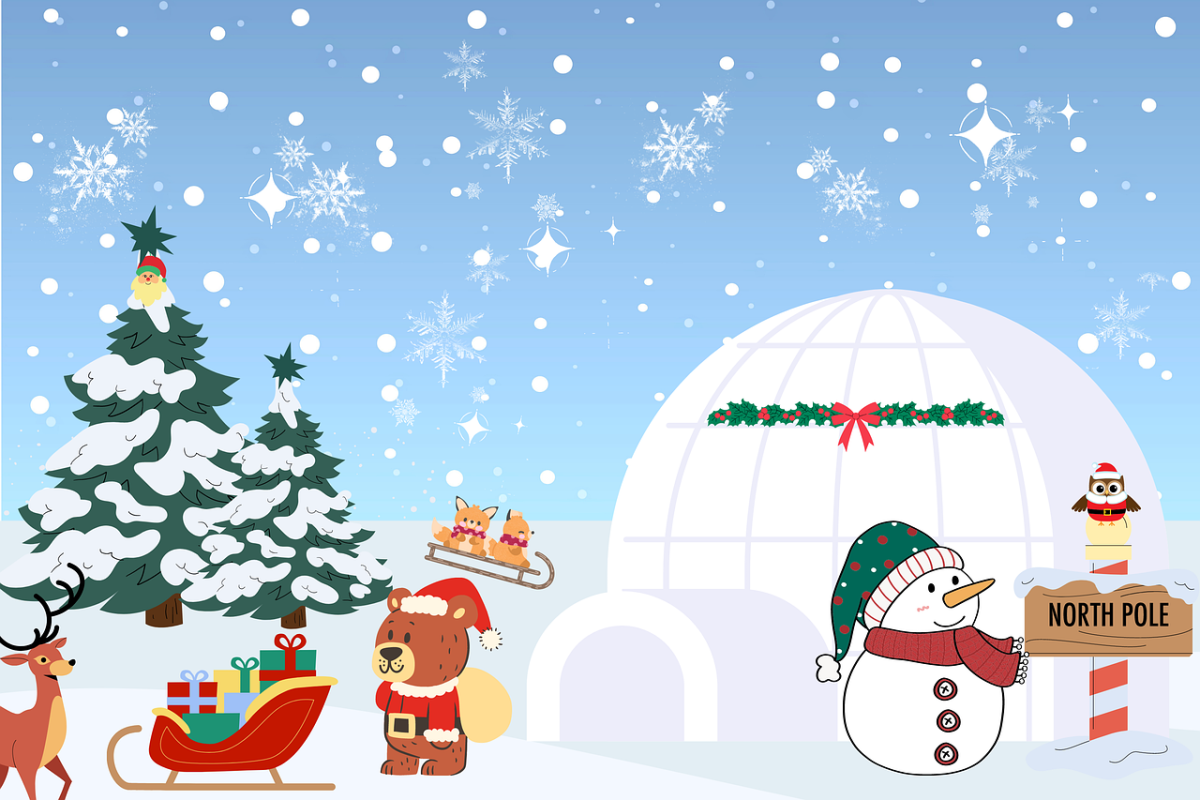
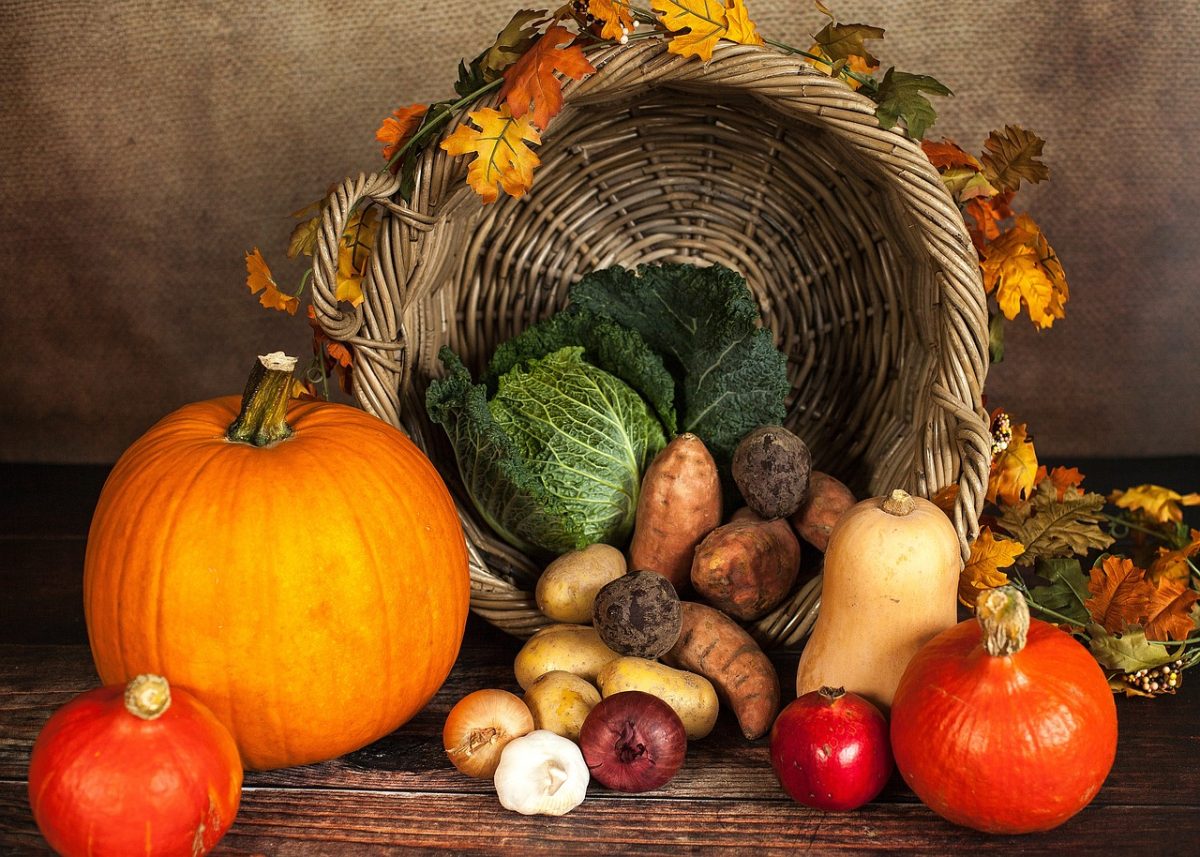
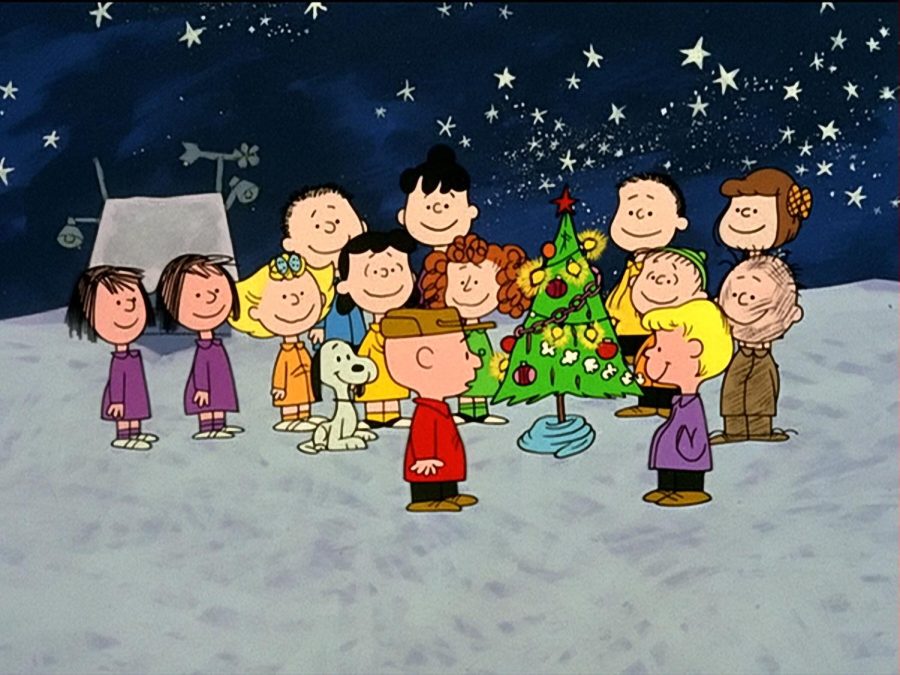

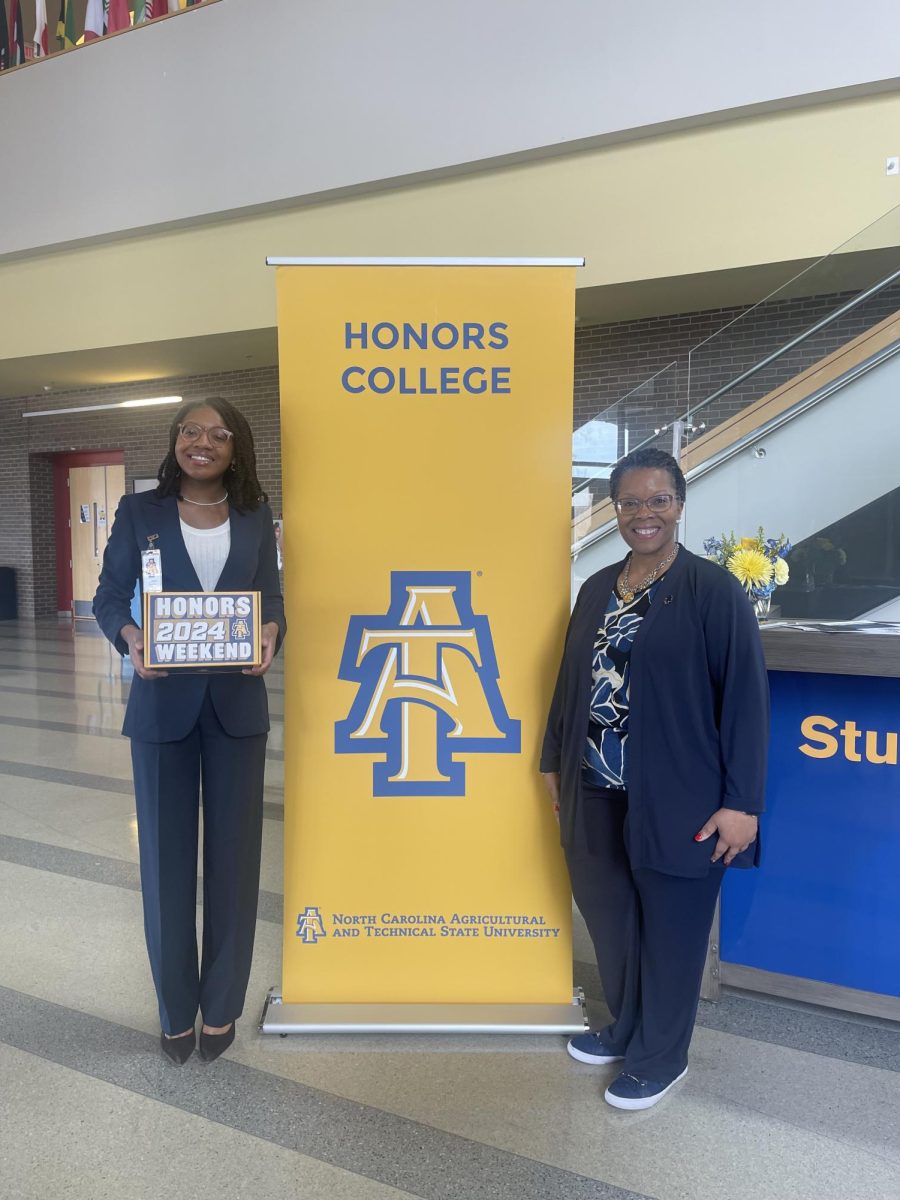
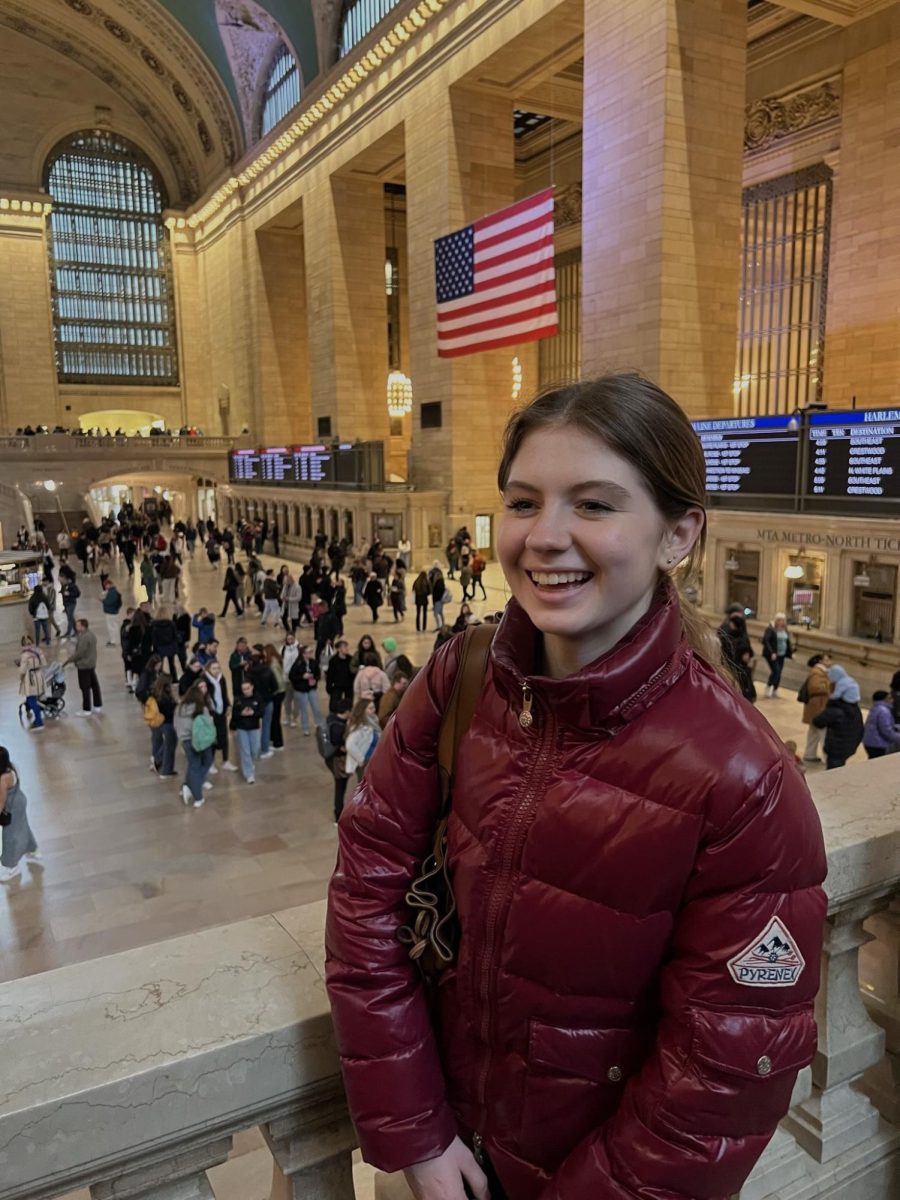
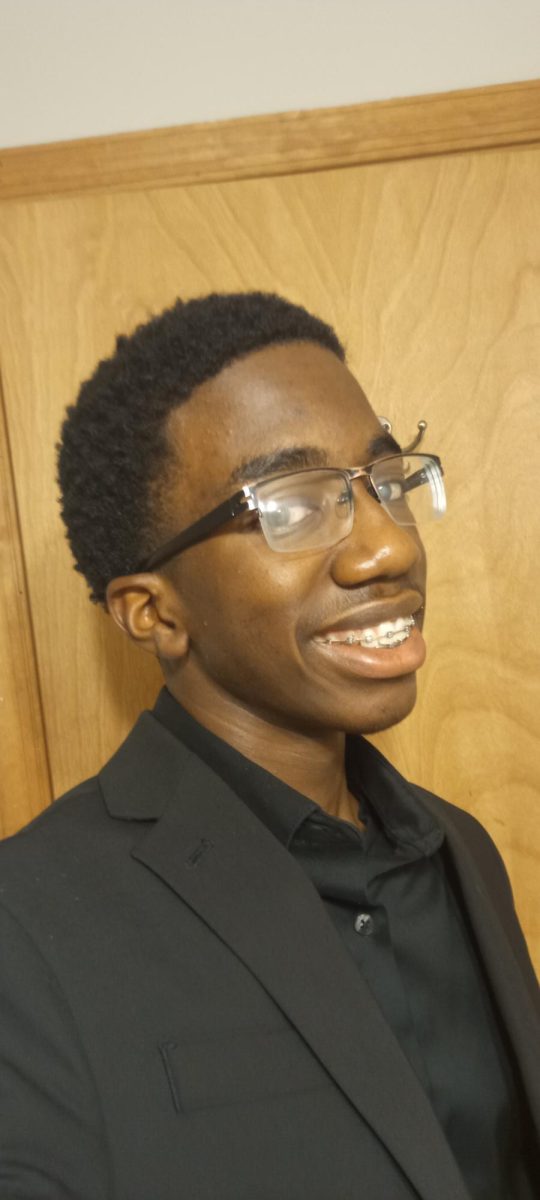
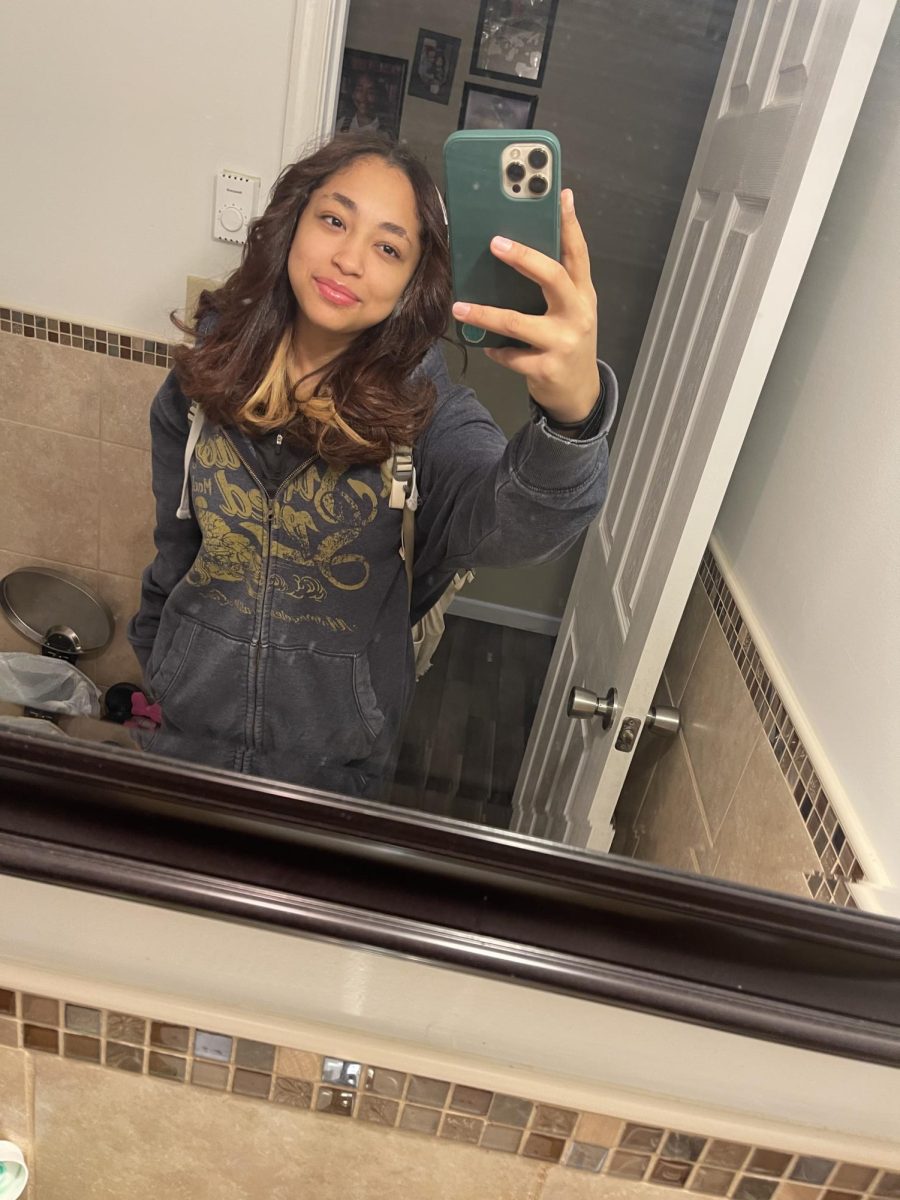
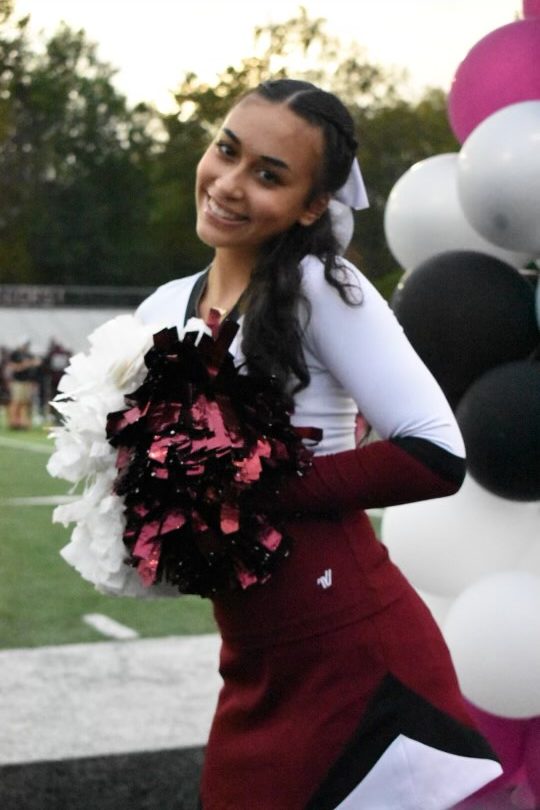
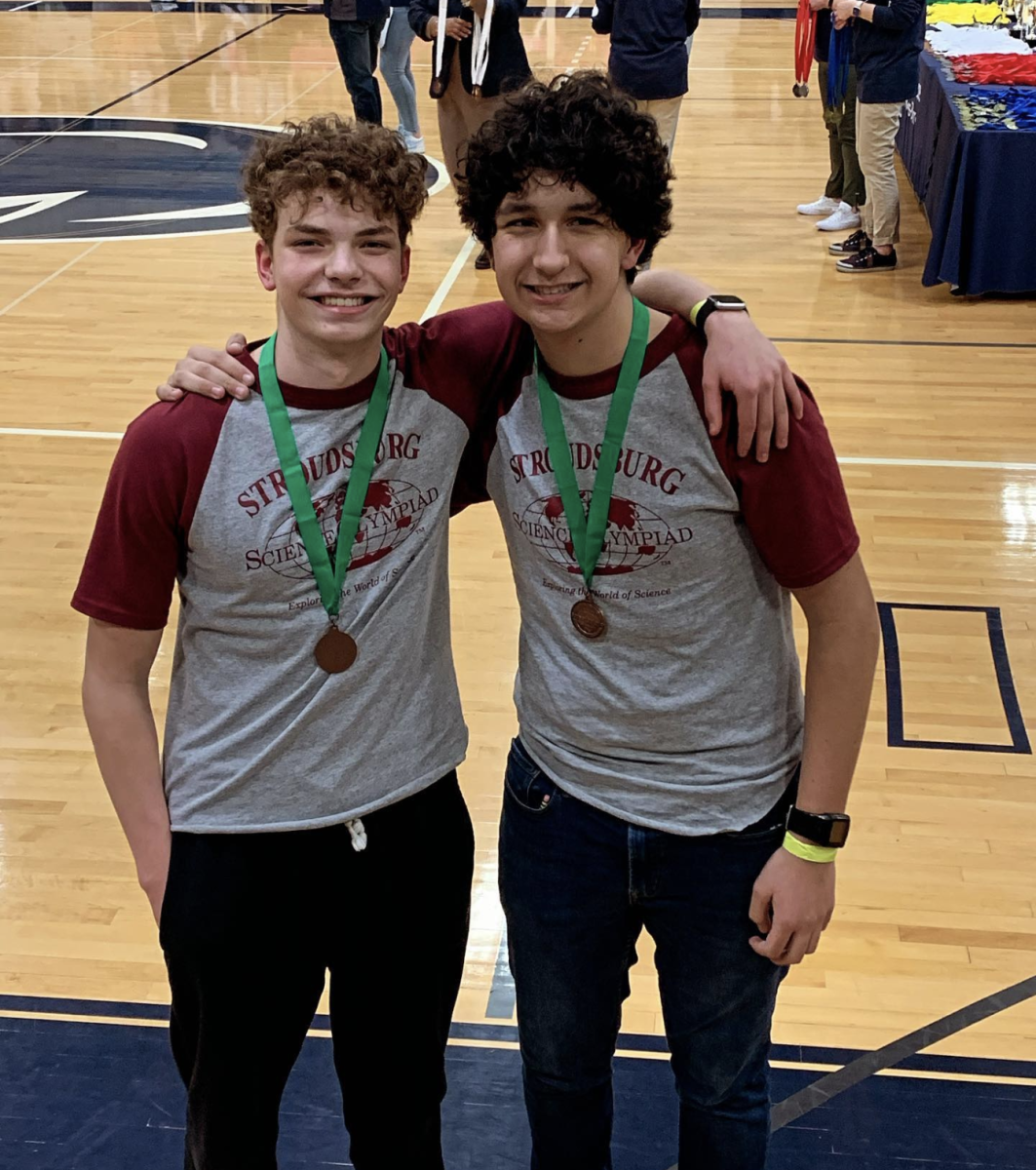
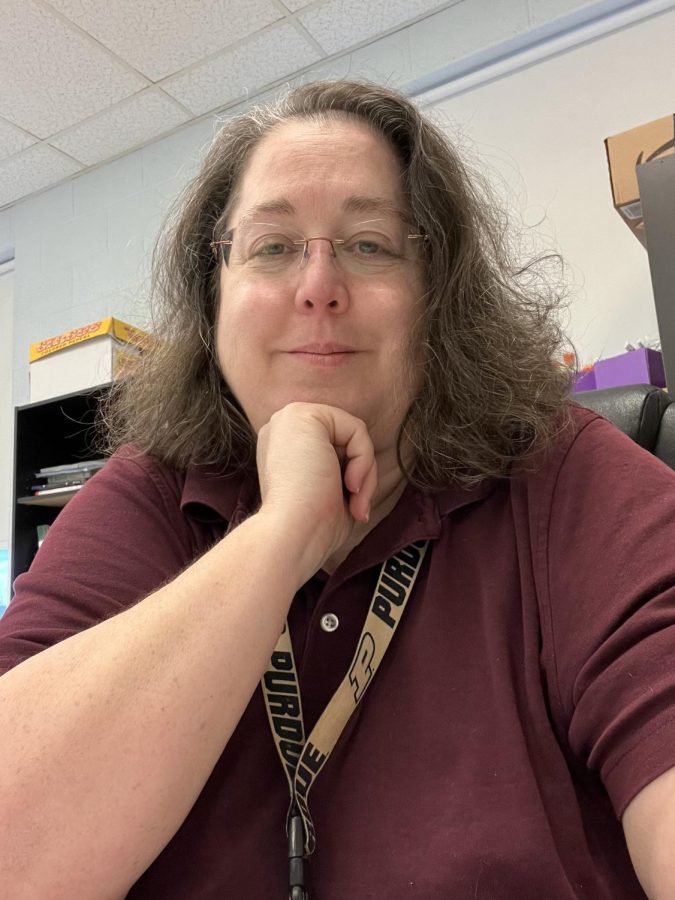
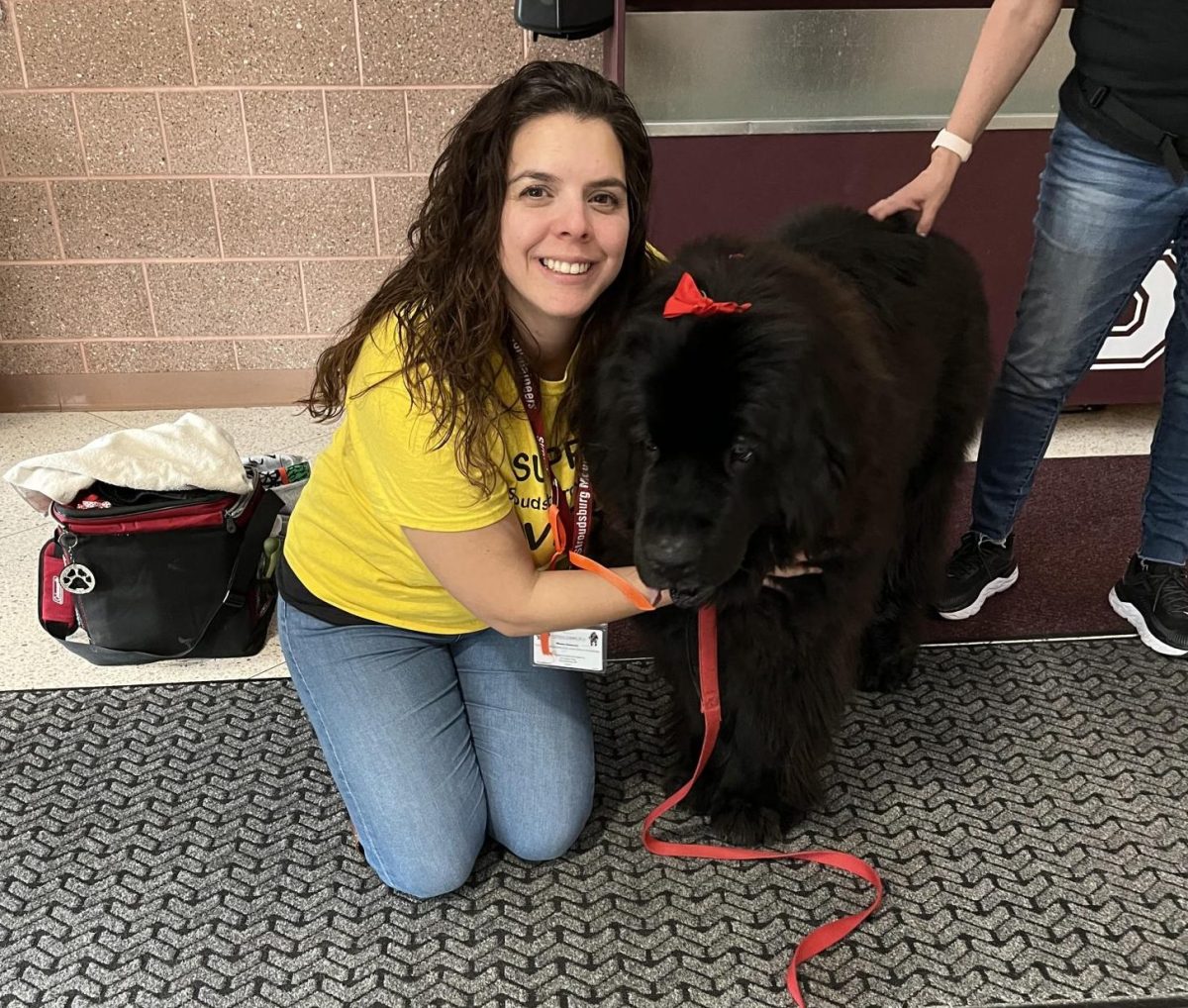
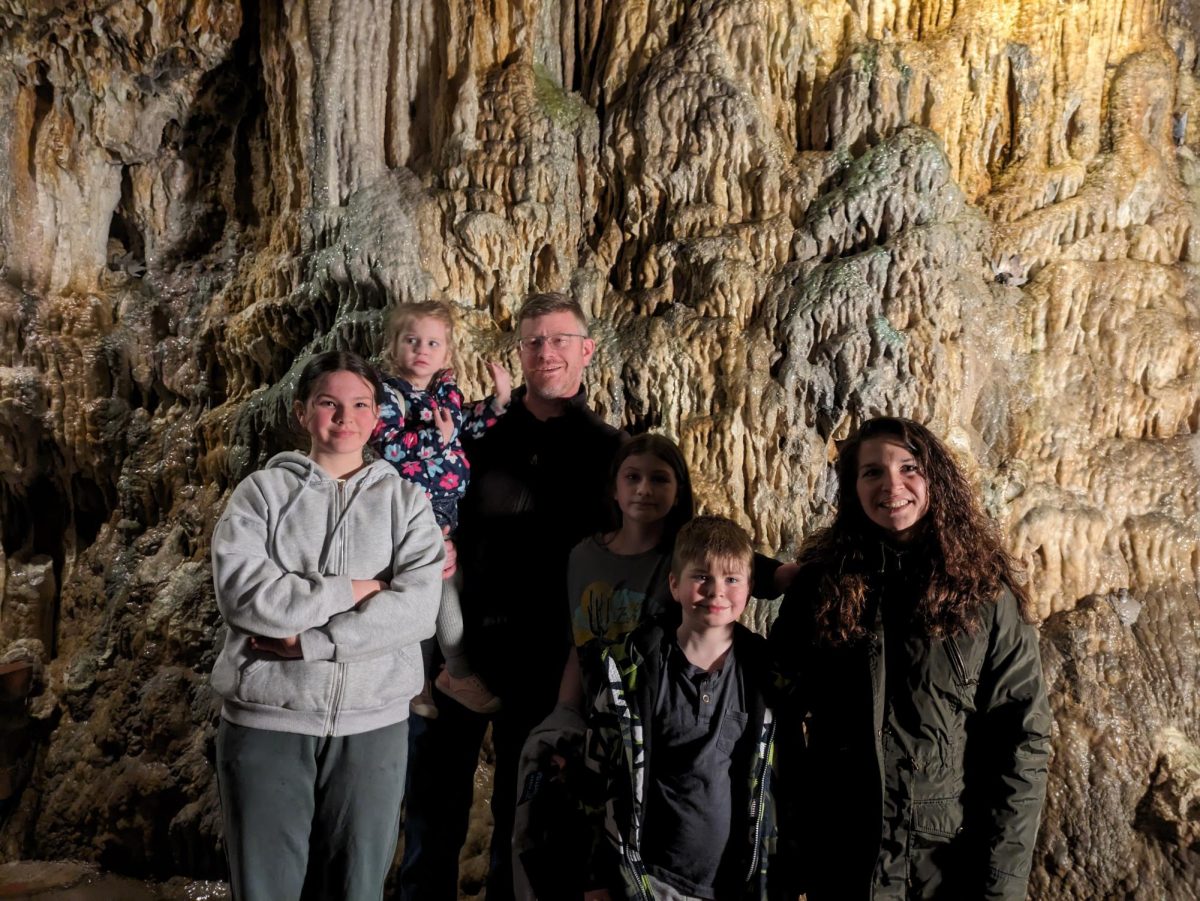
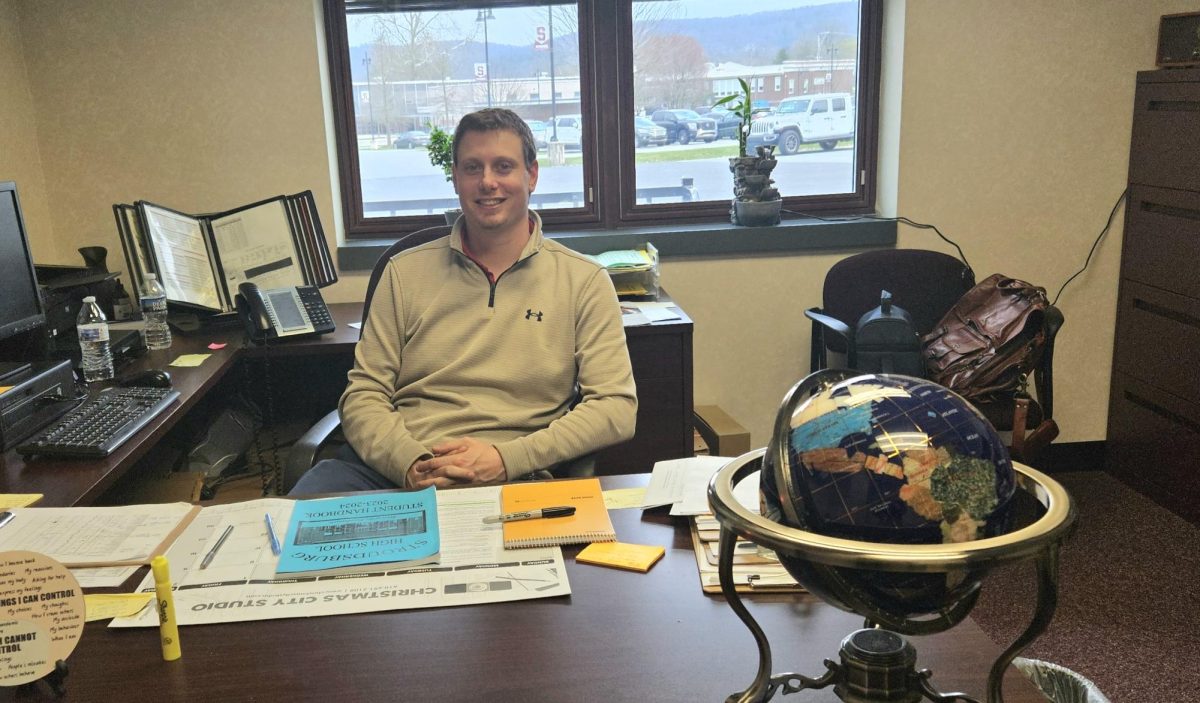
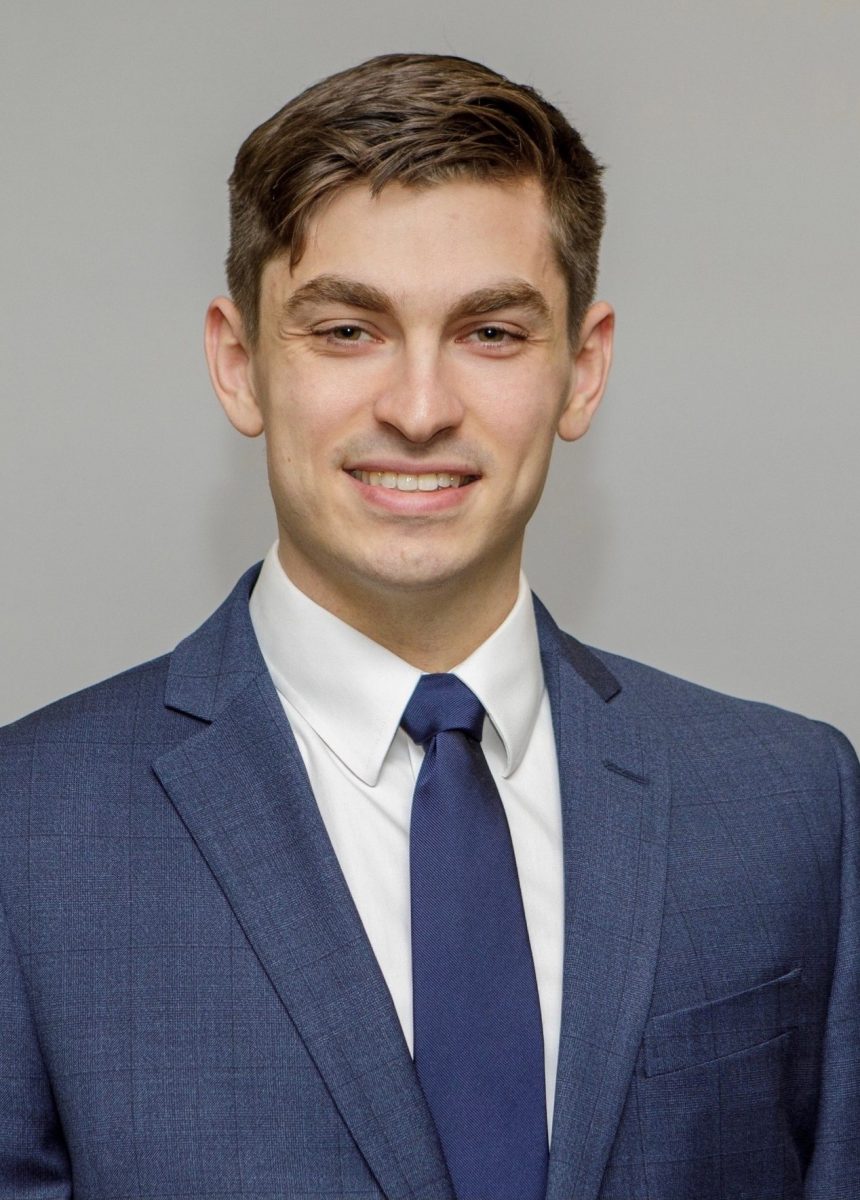
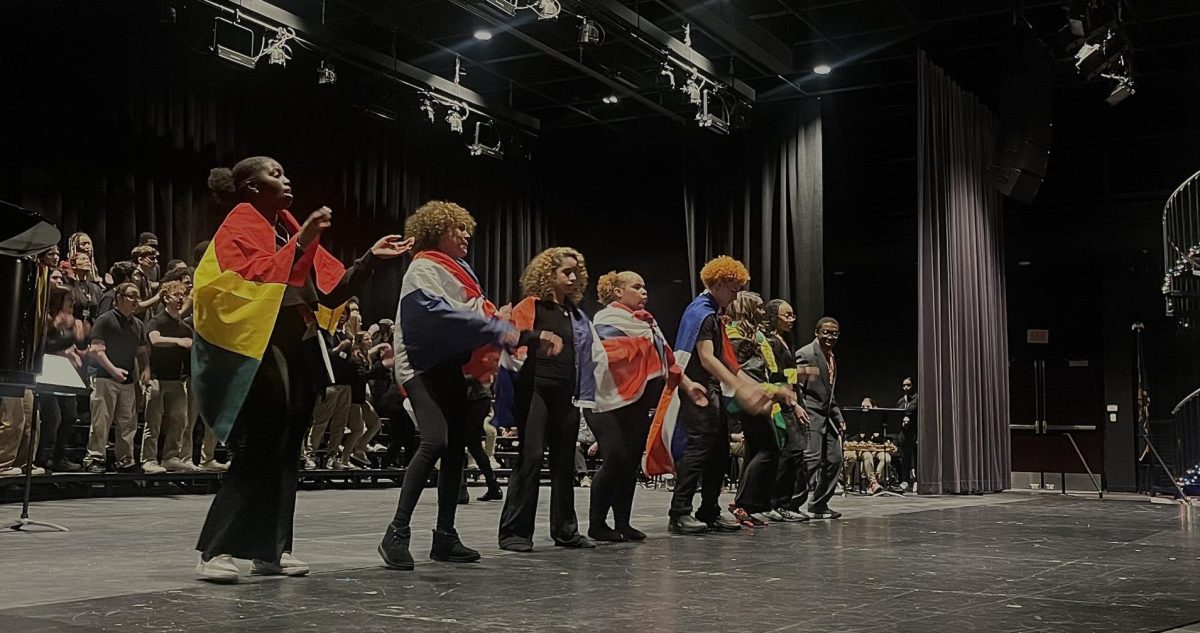
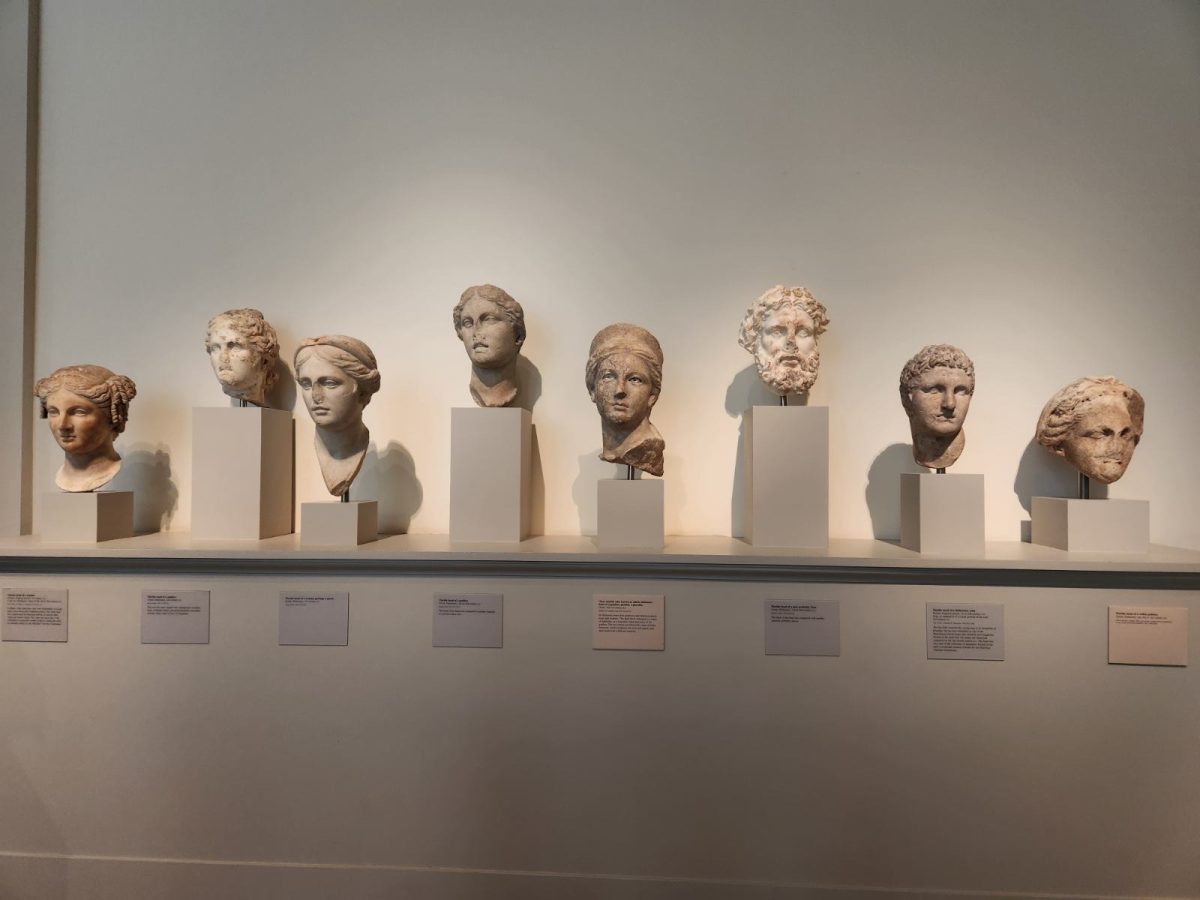
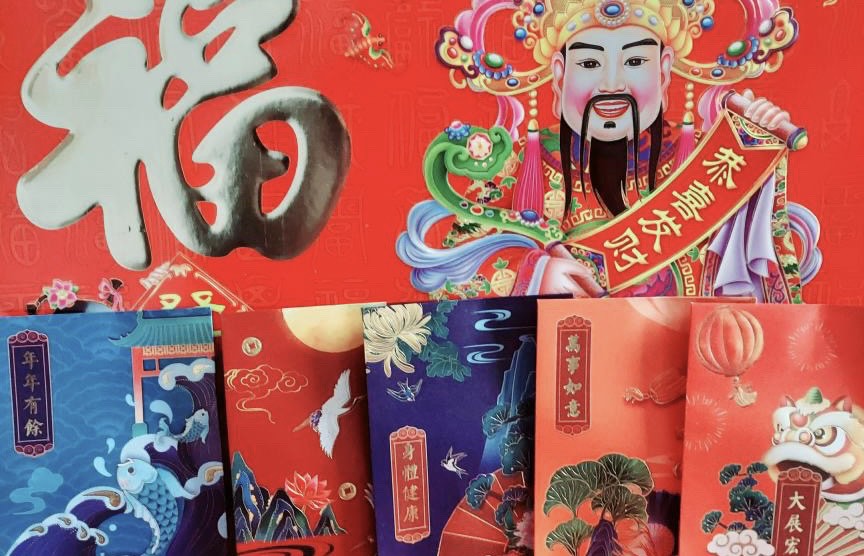
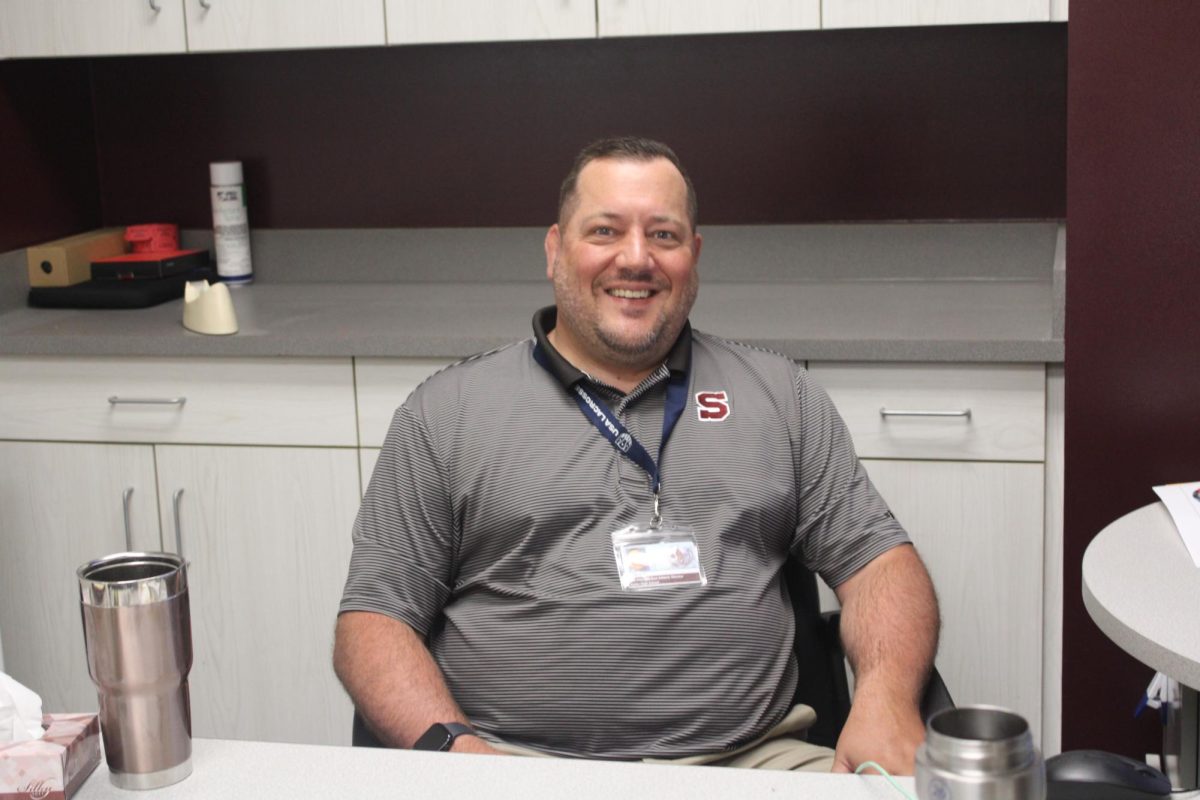
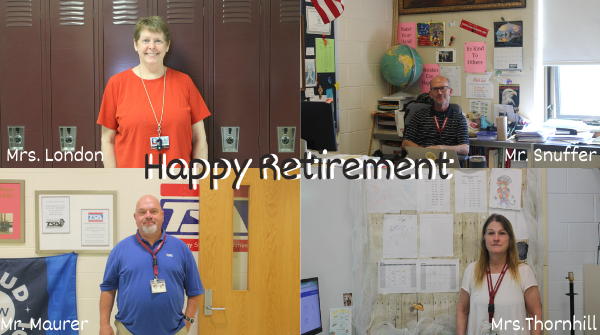
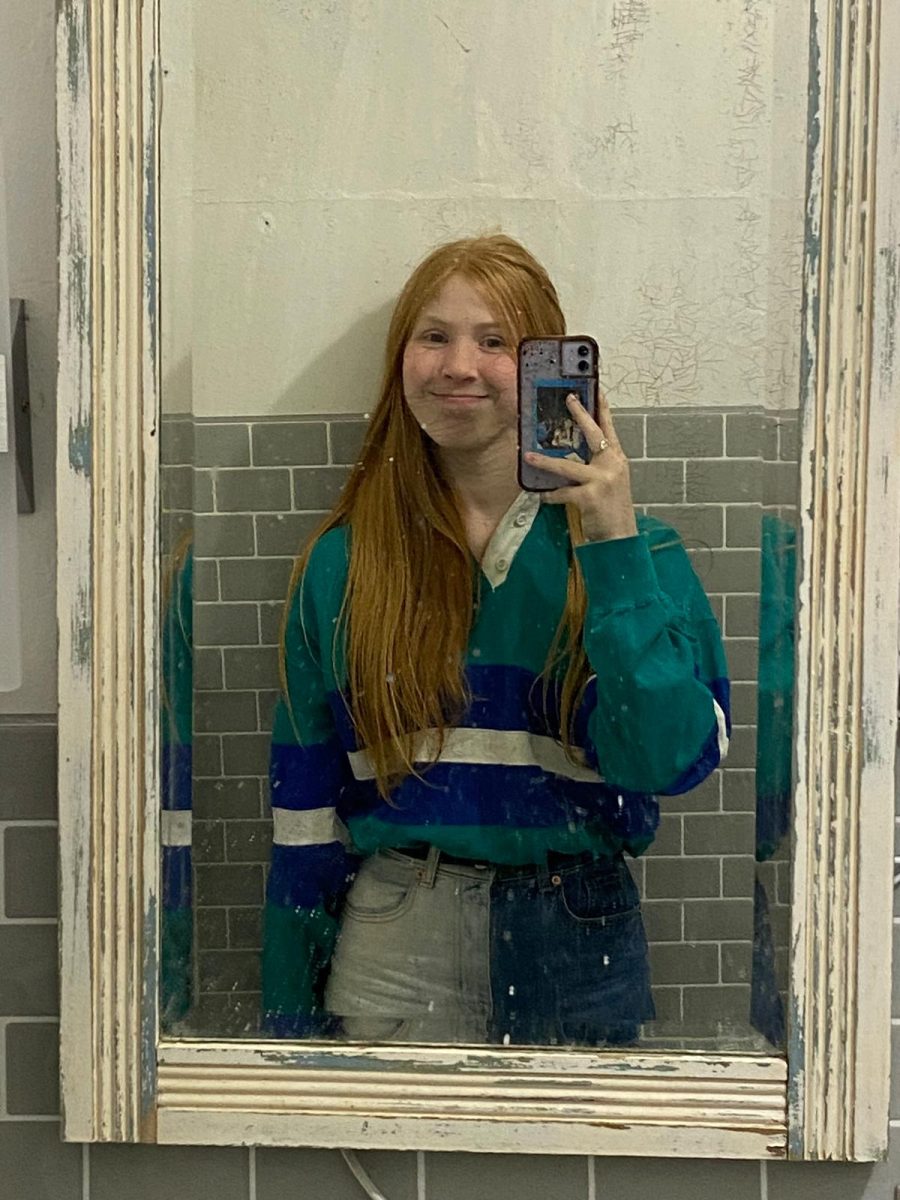
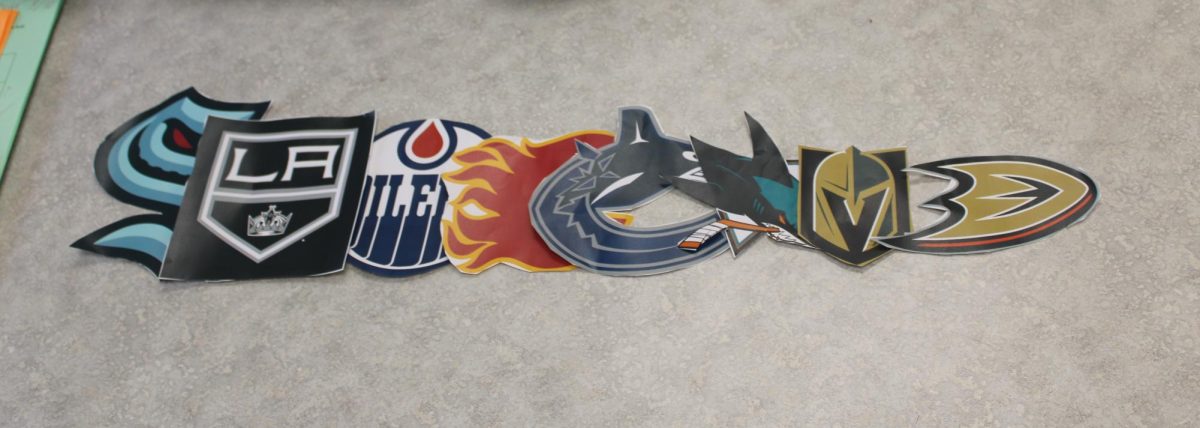
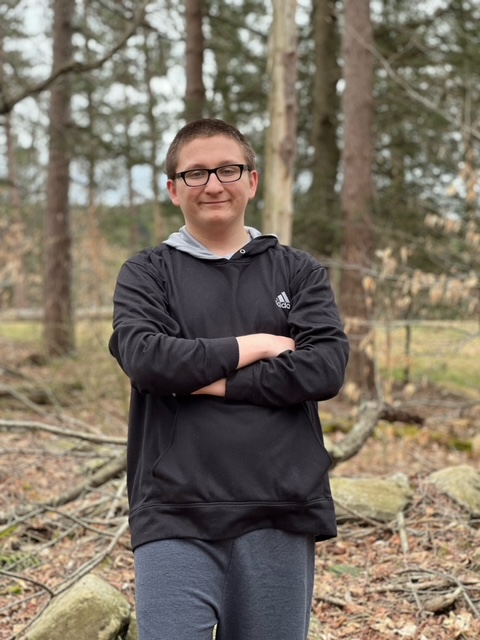


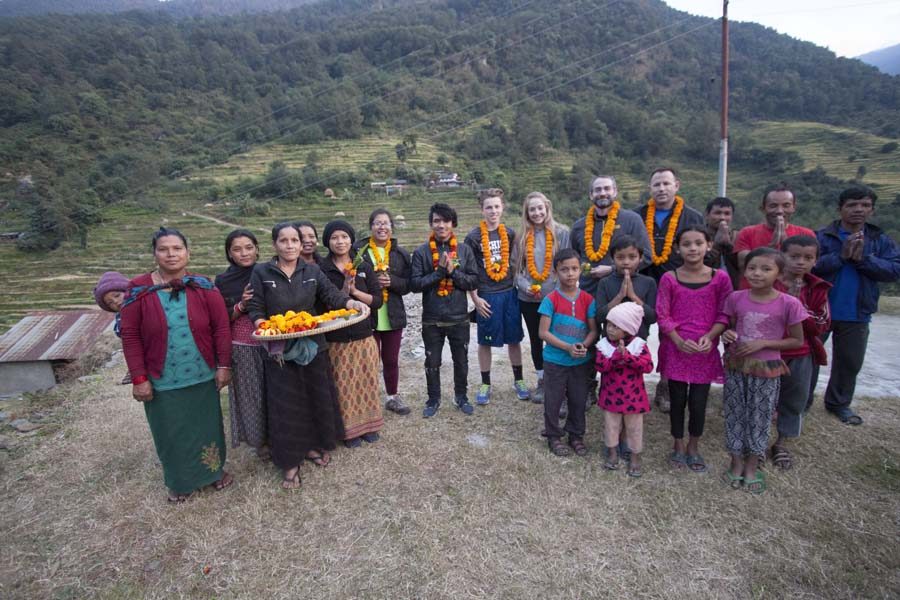

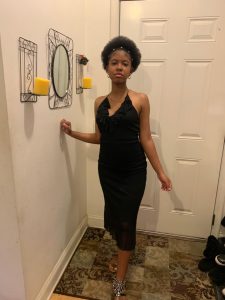

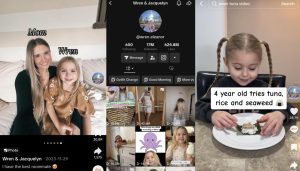
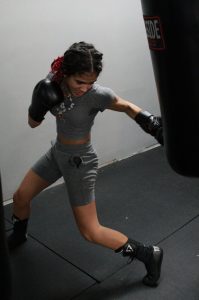
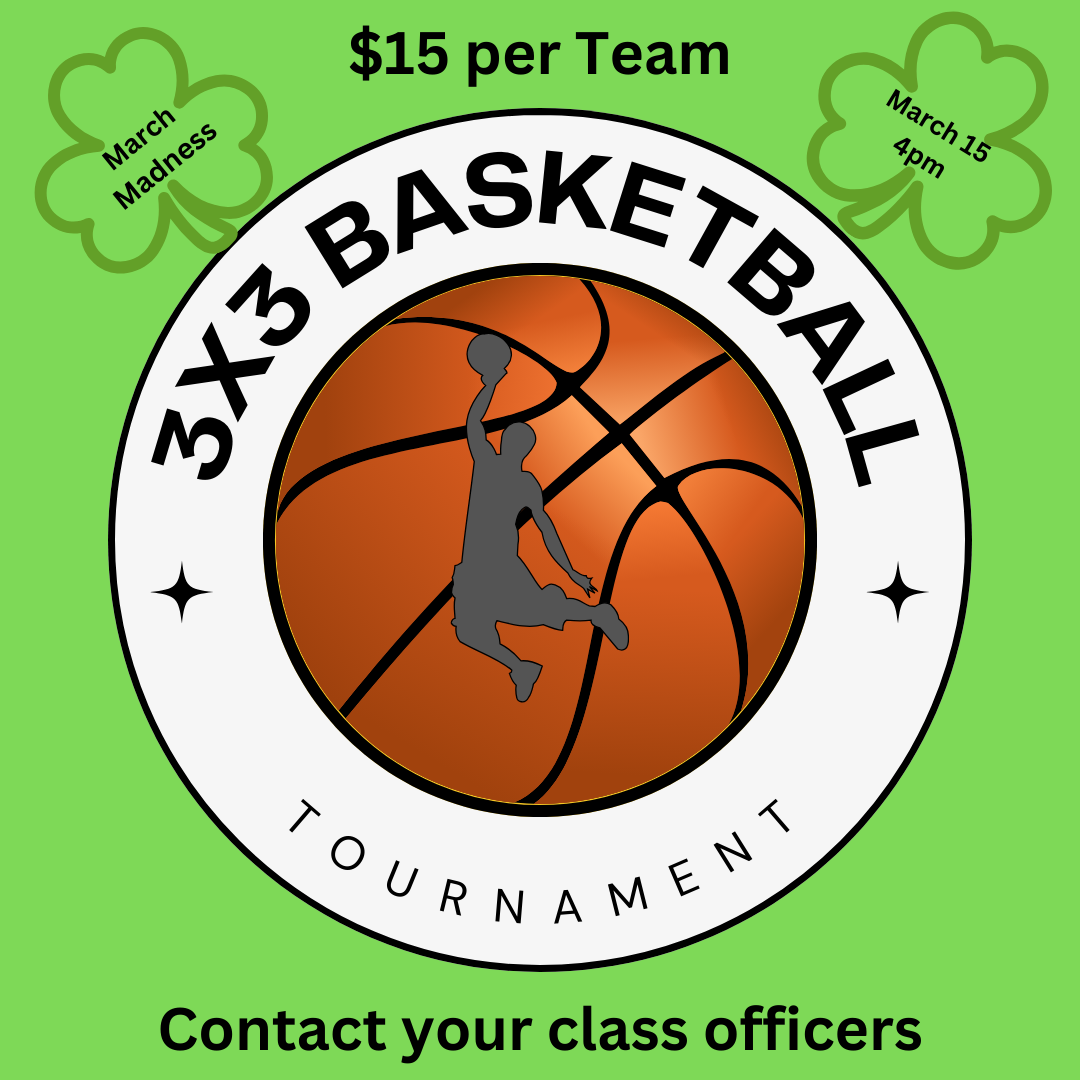

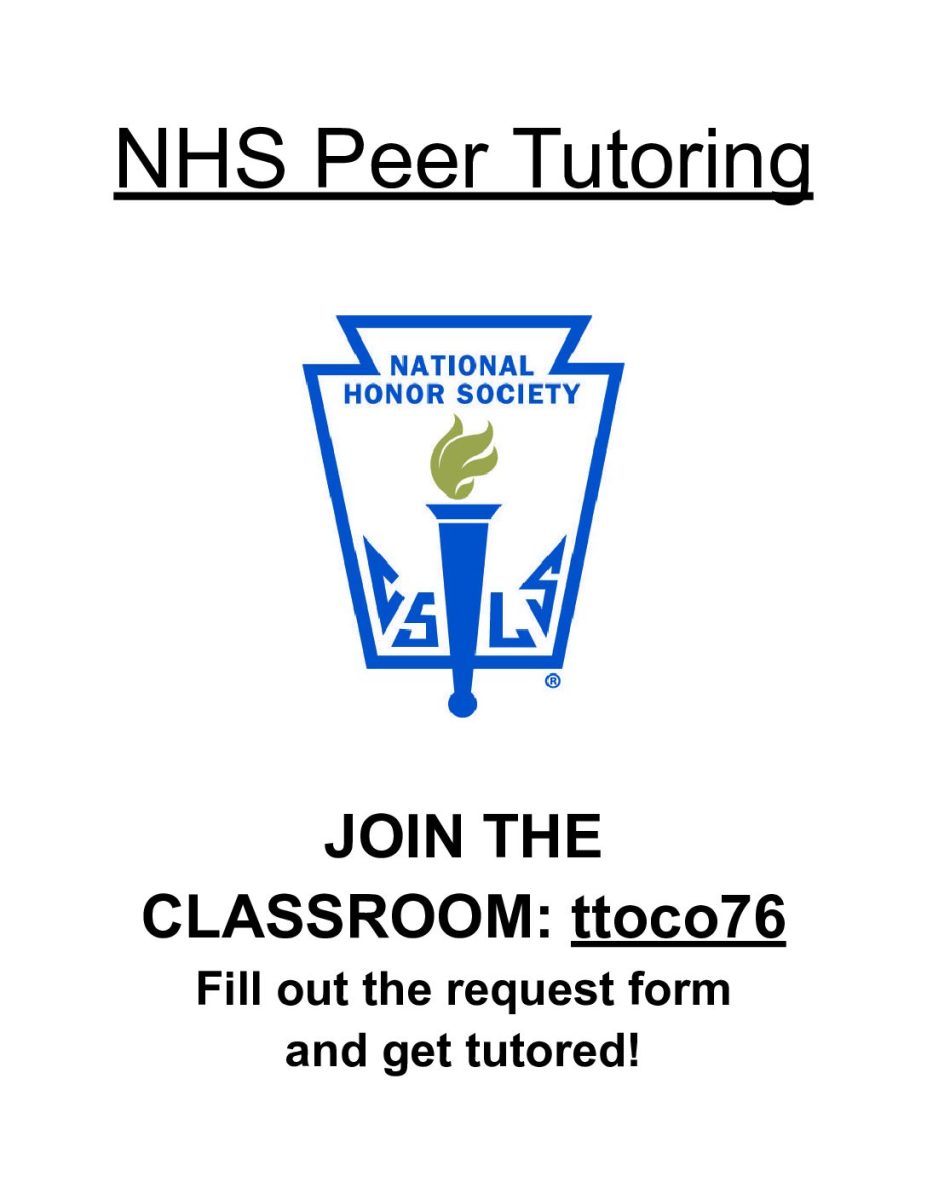
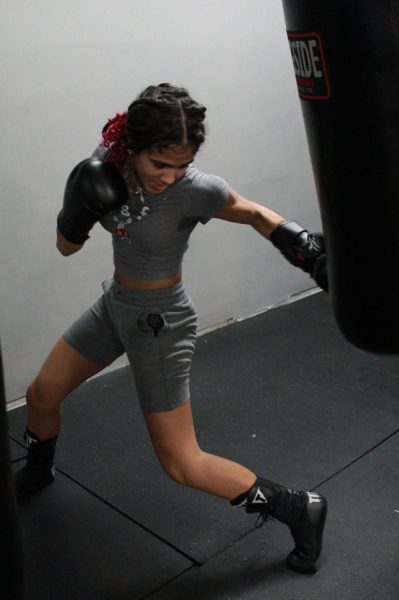

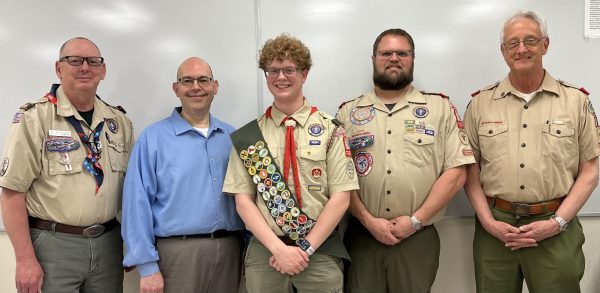
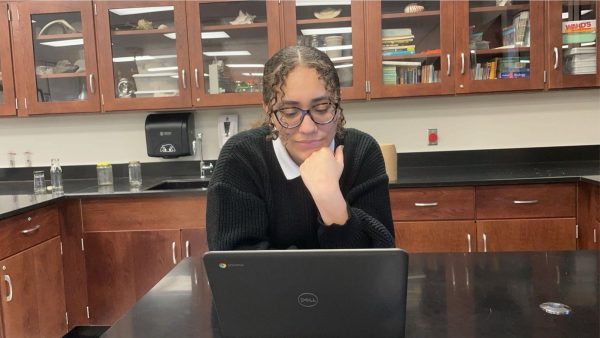
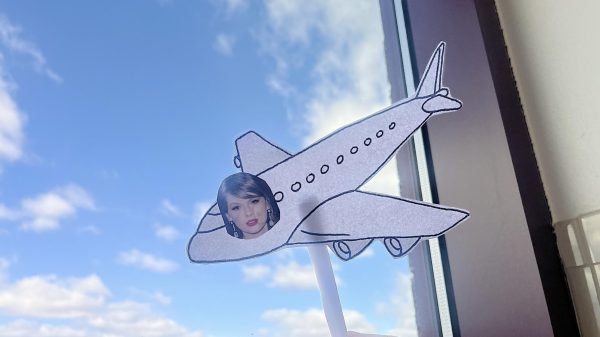
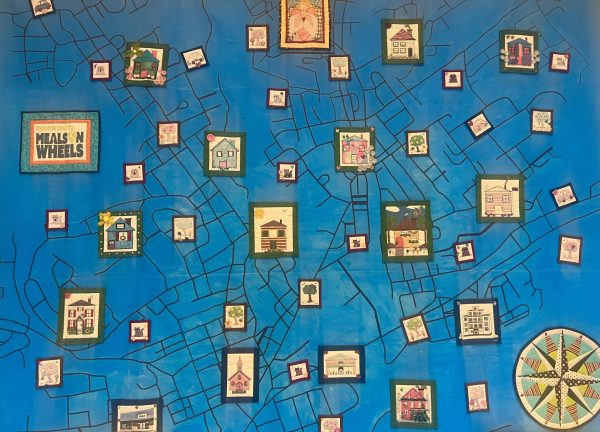
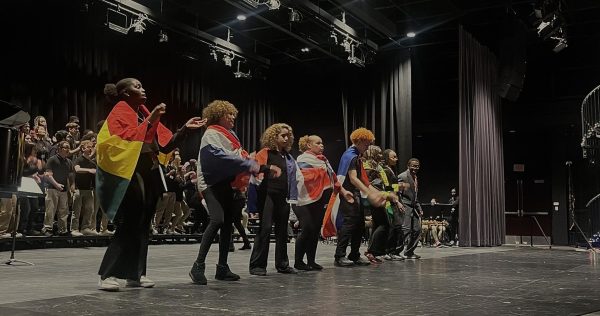
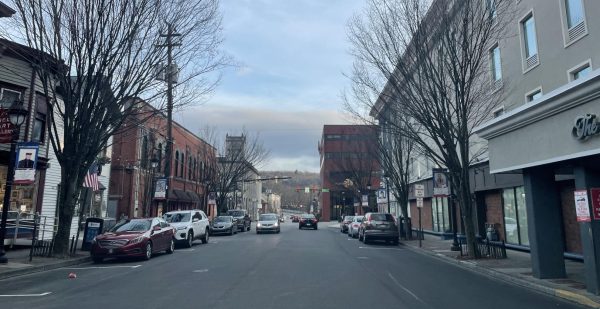
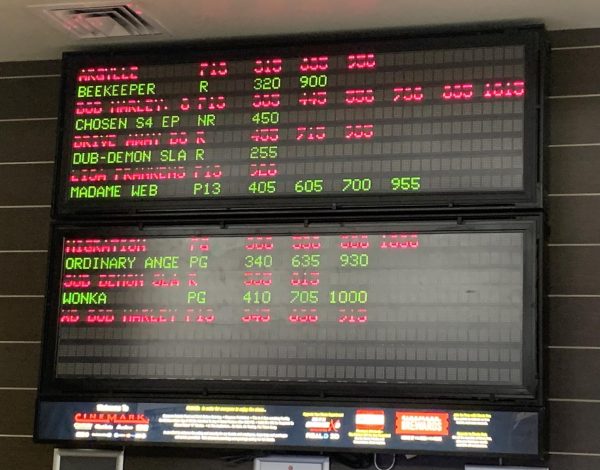
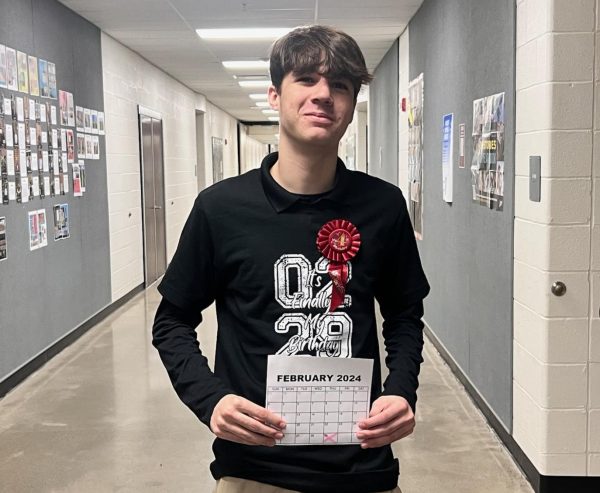
Destiny • Nov 27, 2018 at 7:48 AM
This sounds like an amazing opportunity and the pictures were amazing. I’m glad you had an amazing adventure and shared it with everyone else to read. I hope that one day you pursue your dreams.
Mackenzie • Nov 27, 2018 at 7:43 AM
this is such an amazing experience i loved the pictures so glad you shared with SHS your journey!
Kate Bentz • Nov 13, 2018 at 1:29 PM
This looks like it was such an amazing experience. The pictures that go along with it seem like it was such a crazy trip glad you shared it wish SHS news
Trinity Bonser • Nov 9, 2018 at 1:19 PM
Wow, Inspiring photos. It’s good to get new experiences.
Ayomiro Aderin • Dec 19, 2017 at 8:27 AM
That’s real epic, bruv. I wish you the best in your endeavors, and hopefully, you’ll have more opportunities to do stuff like this.
Alefiyah • Dec 18, 2017 at 11:26 PM
That is so amazing that you got this opportunity! It sounds very interesting, and I’m glad you shared it with other SHS students! What an eye opening experience!
Sierra Tiwari • Dec 18, 2017 at 9:53 PM
I think it’s so amazing you got to have this opportunity, I’m interested in going into the health field someday as well and this just sounds like such an eye opening experience.